After Care Guide

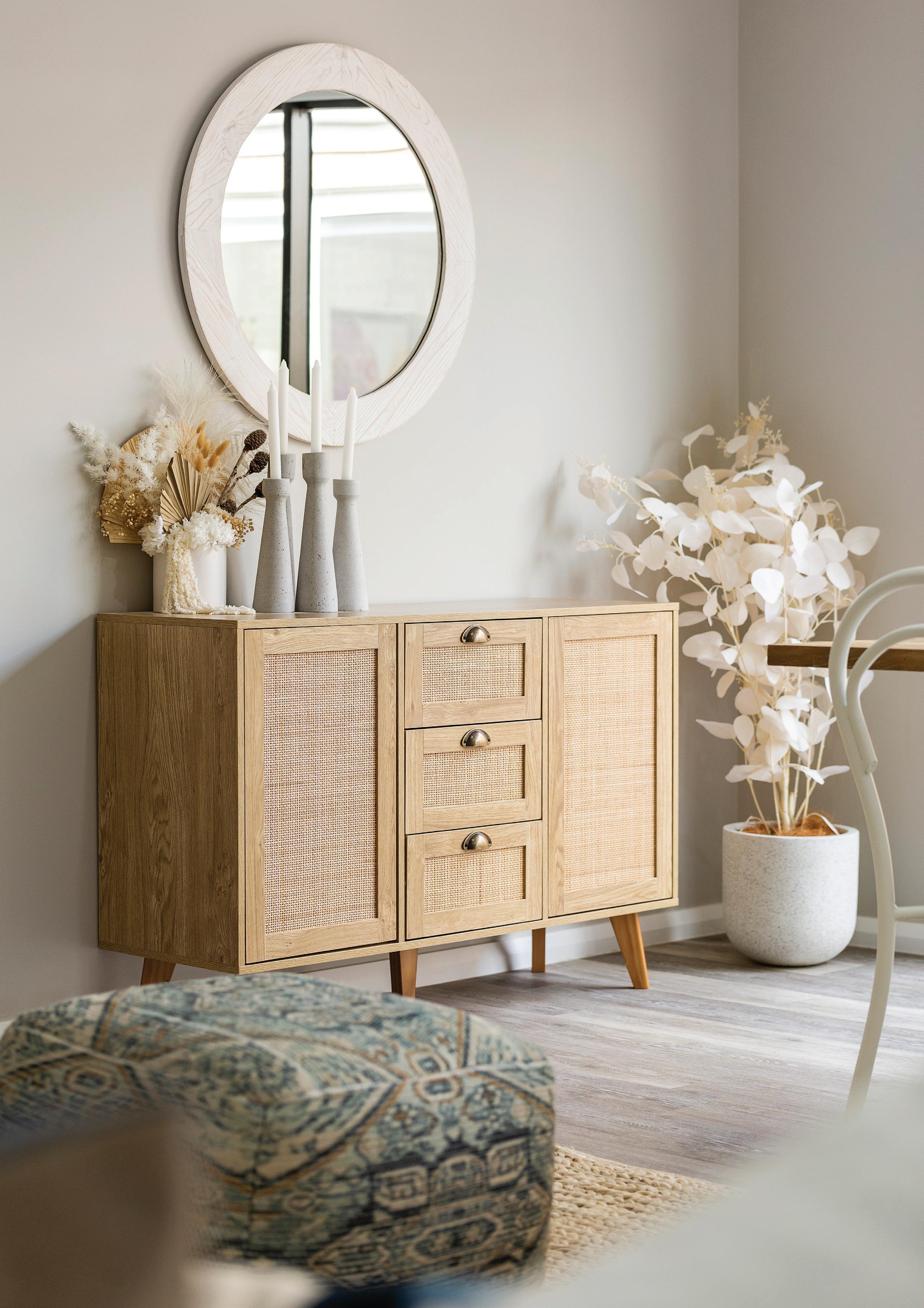



Handover day is here and it is time for us to present you with the keys to your brand new home. It is an extremely exciting time that we are grateful to have been a part of and congratulate you, on the beginning of your new dream.
The After Care Guide contains all the relevant warranty information for your new home. In addition, we have included some tips and suggestions for home maintenance and care, to keep that brand new sparkle and to ensure you don't compromise any of your warranty conditions.

The entire team at Langdon Building takes great pride in creating genuine partnerships with our clients, with each home we build being significant in our journey as a builder.
Thank you for choosing Langdon Building to build your home, we wish you all the best as you start life in your new dream home.
This guide has been developed to assist you with settling into your new home and understand responsibilities involved in the ongoing care and maintenance. By completing the simple and regular maintenance tasks outlined in this guide, you will be ensuring:
The best possible performance and longevity of your new home.
That all manufacturers and Langdon Building warranties will remain valid over the due course.
You will be contacted by the Langdon Building After Care Team approximately 90 days after handover to schedule your Warranty Inspection.
Read all of the information and tips contained in your After Care Guide.
Complete and return all Warranty Cards to relevant manufacturers to activate individual warranties. Contact: aftercare@langdonbuilding.com.au immediately if you have any questions about your home or next steps in the process.
Refer to the relevant section of this guide to determine the best point of contact. Document the details of the issue and take photographs where possible.
If you have already had your After Care Inspection Appointment, log your warranty issues via email: aftercare@langdonbuilding.com.au
If any urgent issues within the first 60 days after handover should arise please contact your supervisor for assistance.
Important background information for this area of your home.
Links to further details if you would like more information.
Outlines your responsibilities as an owner in relation to Langdon Buildings' and manufacturers warranties.
Outlines Langdon Buildings' responsibilities and commitment to our owners.
We have included a helpful list of common questions to assist with your understanding of your new home and the maintenance involved.
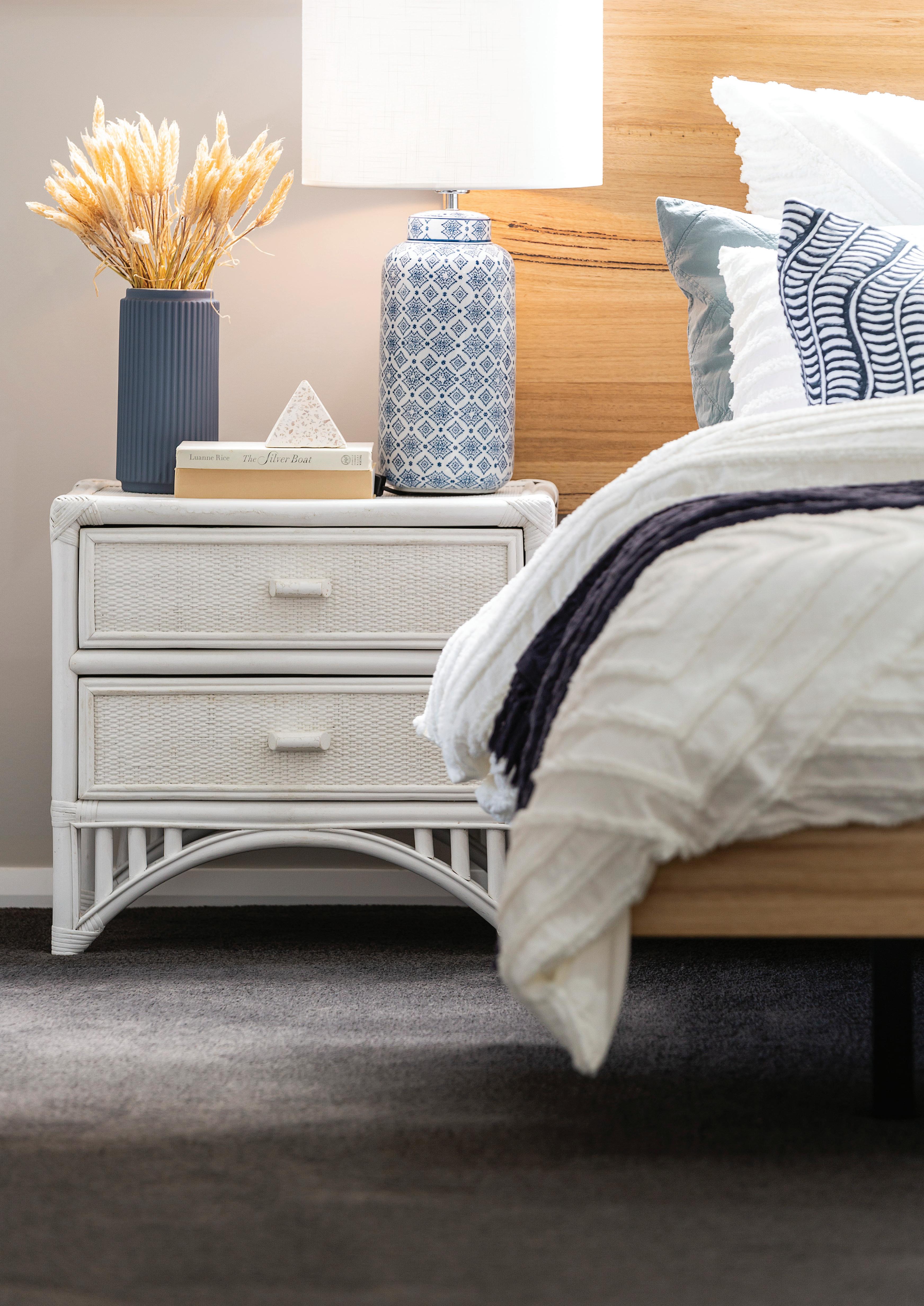
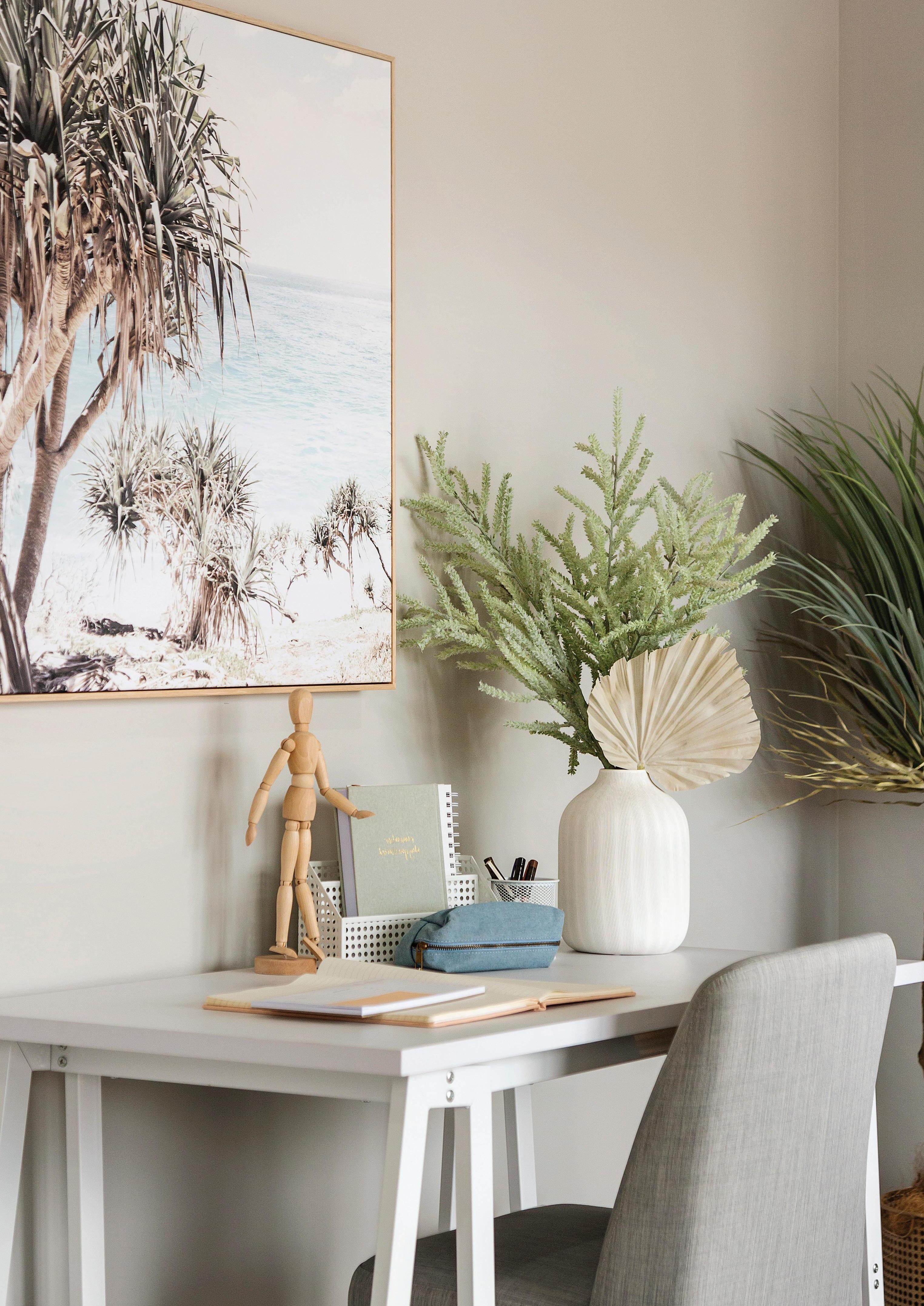
From the beginning, Langdon Building had a vision to be known as the best in the industry at delivering exceptional quality. Celebrating over 15+ years of business, Langdon Building has proudly developed a sound reputation for quality through our unwavering commitment to our Quality Assurance Process. Quality in everything we do is a core value at Langdon Building and is genuinely a key focus throughout all areas of the business; it is part of the Langdon Building difference.
All homes, regardless of the builder experience normal issues including (and not limited to) settlement, natural wear and tear, shrinkage and deterioration through such elements as weather and environmental conditions, and overall family living. Our display homes experience the same environmental and wear-and-tear issues. Due to this, Langdon Building maintains an excellent standard of display home presentation by employing regular maintenance practices, which we are pleased to share with you throughout this Warranty & Maintenance Guide.
Contact Specifications contained within your HIA Contract Documentation.
Where applicable, National Construction Code (NCC), Australian Standards, Guide to Standards and Tolerances and the HIA Guide to Materials and Workmanship.
Make regular checks around your home to detect early signs of wear and tear to minimise ongoing maintenance and running costs.
Perform regular cleaning to avoid the build up of mould, dust and moisture that can cause rust, discolouration, rot and attract unwanted pests.
All Langdon Building owners have a 'duty of care' when maintaining and servicing their home as no home is maintenance and repair free.
Langdon Buildings' warranty will address any workmanship issues in your home, in line with relevant laws, standards and as specified in your Contract Specification.
Langdon Building reserves the right to use all original trades and materials from the construction of your home to carry out any repairs as required.
Langdon Building upon request will provide free advice and information via: aftercare@langdonbuilding.com.au and where reasonable will investigate any issues with regards to quality via their highly skilled After Care team who will decide whether an on-site inspection is required.
Q. What is considered natural wear and tear?
A. Natural wear and tear is damage that naturally and inevitably occurs as a result of normal use or aging.
Q. If I am not happy with the quality finish at the end of construction, am I entitled to question the quality of this item at Warranty Inspection?
A. Yes, you are entitled to question this in your warranty inspection, but further investigation may be required by the Quality Assurance Manager with the Construction Supervisor to ensure the level of finish is consistent with the house at the time of handover.
Q. The display home paintwork seems to be of a higher quality and level of finish that my own home. Why is that?
A. Our display homes experience much higher levels of traffic than a normal home. Because Langdon Building wants them to be consistently at their best they are regularly repainted, which exceeds our normal three coat paint system.
The owner journey continues beyond the handing over of the keys to your new home. It is important for us to continue the partnership to provide ongoing support and genuine customer care. Our complimentary 90 Day Maintenance Period allows our owners time to settle in to their new home with the peace of mind that Langdon Building will carry out an inspection after 90 days to address any items of concern.
As per your HIA Building Contract, your 90 Day Maintenance Period commences on the day you receive your keys to your new home (handover as defined in your HIA Building Contract).
All warranty works must be scheduled during the week, Monday to Friday between 8.30am and 5pm. Please note as office hours are also the same working hours of our trades and suppliers it is the responsibility of the owner to make themselves available during the times that warranty work is conducted in order to provide access. Please note that Langdon Building will not provide compensation for time off. Our trades and suppliers do not work on weekends, public holidays or after hours.
Langdon Building is required to meet certain legal obligations when constructing your home. These obligations are the 'implied warranties' in the Domestic Building Contracts Act 1995 and 'consumer guarantees' in the Australian Consumer Law. For further details about these obligations we recommend you visit: consumer.vic.gov.au
Although your house is structurally sound, it is impossible to avoid all damage from natural forces, especially sudden storms and exceptionally high winds. These can cause damage to roofs, windows, external flues and other parts of the house, these should be attended to immediately. In the event of such damage, you should contact your insurance company so that repairs and any rectification work can be put into effect as soon as possible.
Lightning can cause an electrical surge or electrical breakdown. It is therefore important to take care with appliances, especially with two of the homes most used appliances; the telephone and the TV. Turn off the TV during a thunderstorm and as a precaution do not use the telephone.
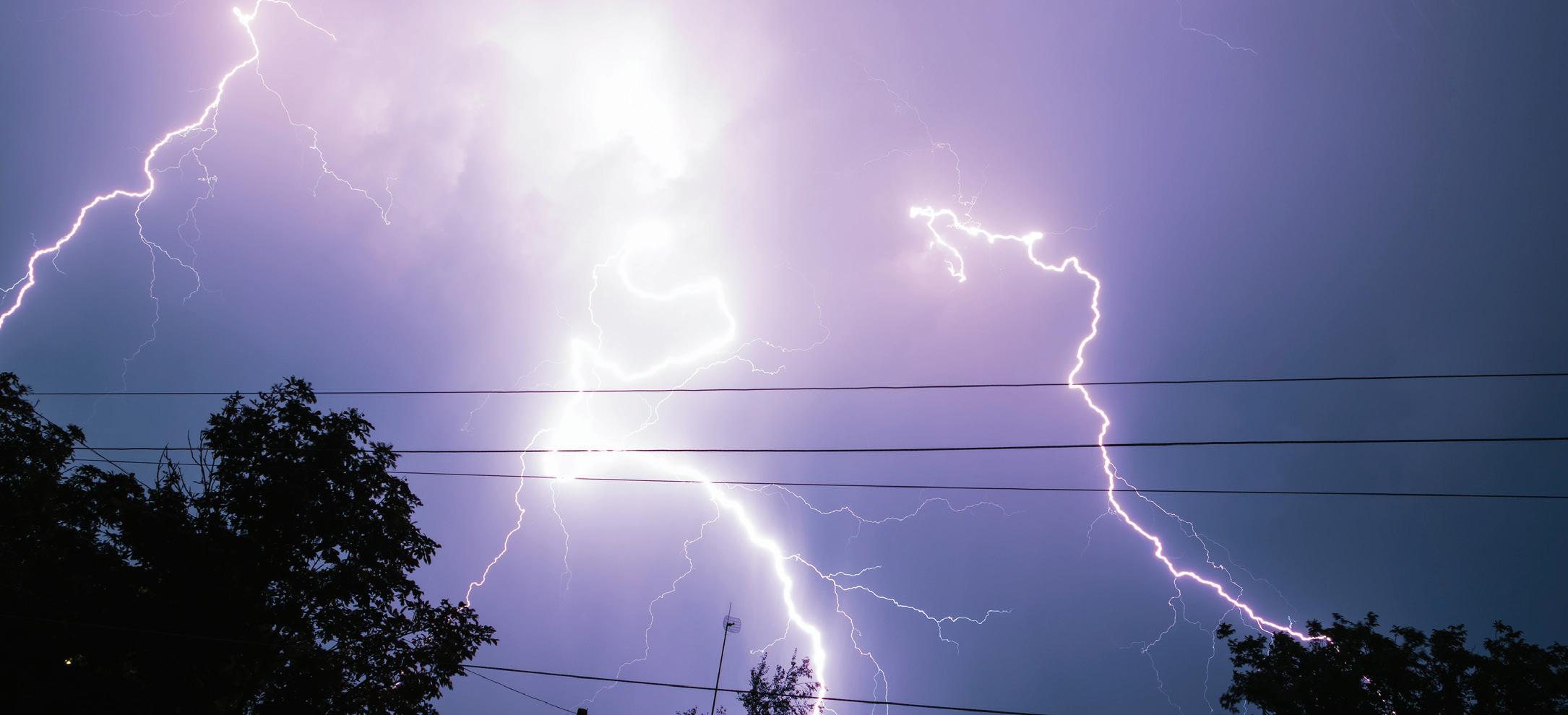
Water meters are the responsibility of the owner once they are installed. The water meter should be accessible to the water authorities at all times. This should be taken into consideration if you are building a security fence. The owner should keep the meter clear of grass, weeds, heaped soil and other obstructions. When landscaping, don’t bury the meter in concrete or cover with soil. It is also the owner’s responsibility to protect the meter from damage.
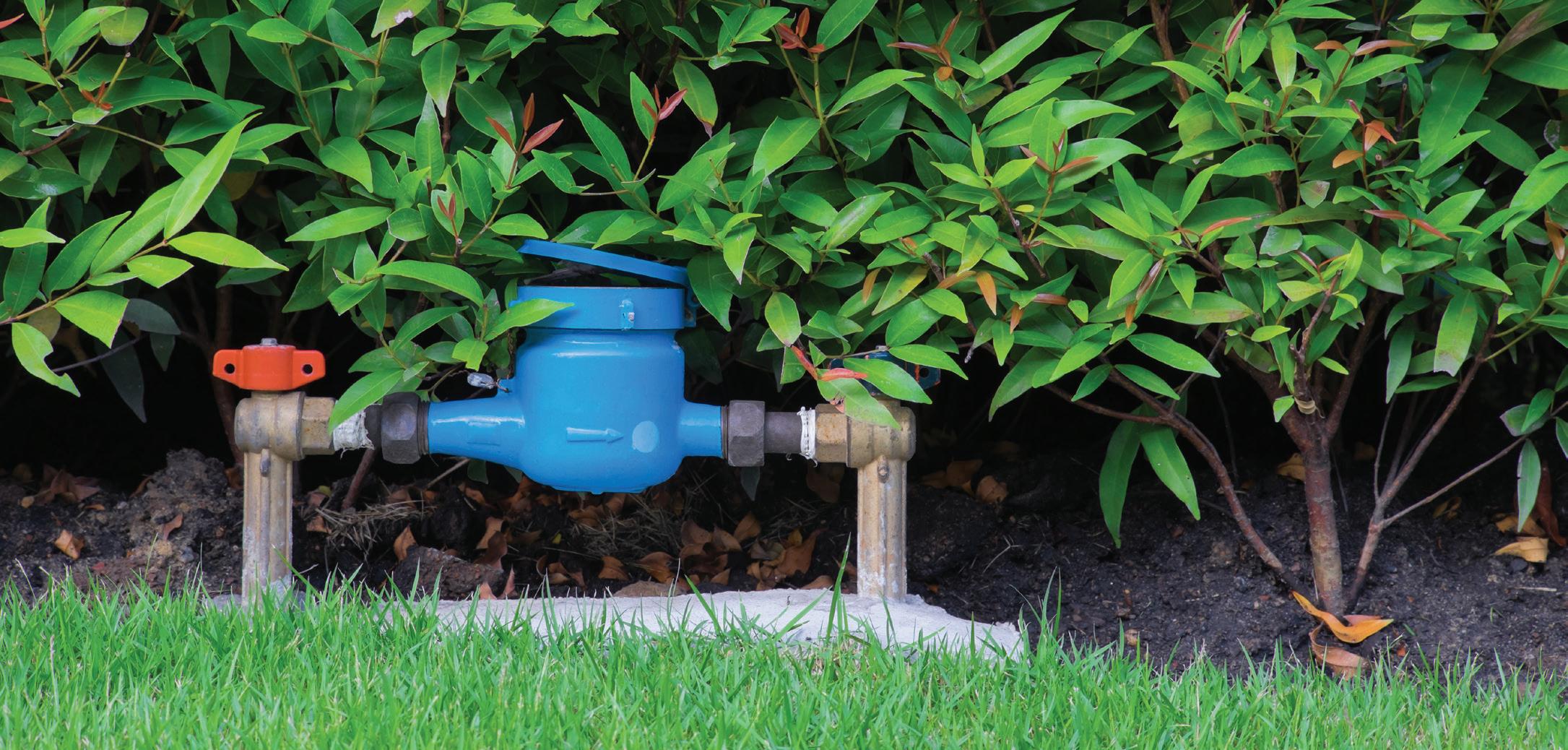
If the meter malfunctions, your local authority will repair it for you. Please contact your local water authority if you have any queries. For burst pipes or leaks that occur on the road side of the meter you should contact your local authority.
Home gas appliances must be checked and maintained in line with the manufacturer’s specifications.
For safety, it’s recommended that most gas appliances should be serviced at least every 2 years. Always follow the manufacturer's service plan and keep a record of the date of service. Never attempt to fix a gas appliance yourself or allow an unqualified person to attempt to fix it.
Energy Safe Victoria (ESV) and the Victorian Building Authority (VBA) recommend that you only use a registered or licensed gas-fitter to service your appliances. This ensures appliances remain in good working order and your family stays safe and warm. For more information, visit the ESV and VBA websites.
ausnetservices.com.au/gas-safety esv.vic.gov.au vba.vic.gov.au

Disposable nappies and disposable wipes can damage any drainage system, so never put them or any other large objects down the toilet. Equally, smaller solids such as tea leaves, hairs and vegetable scraps can block a kitchen sink. Dispose of smaller solids in the rubbish or in a compost container and don’t put them down the sink. If you happen to let grease, oil, fat or fatty scraps escape into the sink, flush it out well with hot water.
Blockages sometimes happen no matter how careful you are, so it pays to have a plunger in the house. Filling the sink with water and moving the plunger vigorously over the sink hole often does the trick. If this fails – call your plumber. You should also call your plumber in the event of a blockage in the toilet pan.
Your home is made up of organic and inorganic materials that will move with the changing seasons. Evidence of your home changing with age includes minor cracks to plaster and mouldings, which are caused by settling and shrinkage of the frame.
Such cracks are not a sign of structural failure. As the house continues to age, minor shrinkage cracks become part of the normal home owner’s maintenance responsibility, and are easily attended to. The builder is required to attend to damage caused by defective materials or labour – but not damage caused by age, timber shrinkage or wear and tear.
Cracks can occur in concrete construction for a variety of reasons. Some cracking is inevitable because concrete, like most other building materials, moves with changes in temperature and moisture content. Cracking can be controlled but not entirely prevented. The most common forms of cracking after the concrete has set hard are crazing and drying/shrinkage cracking.
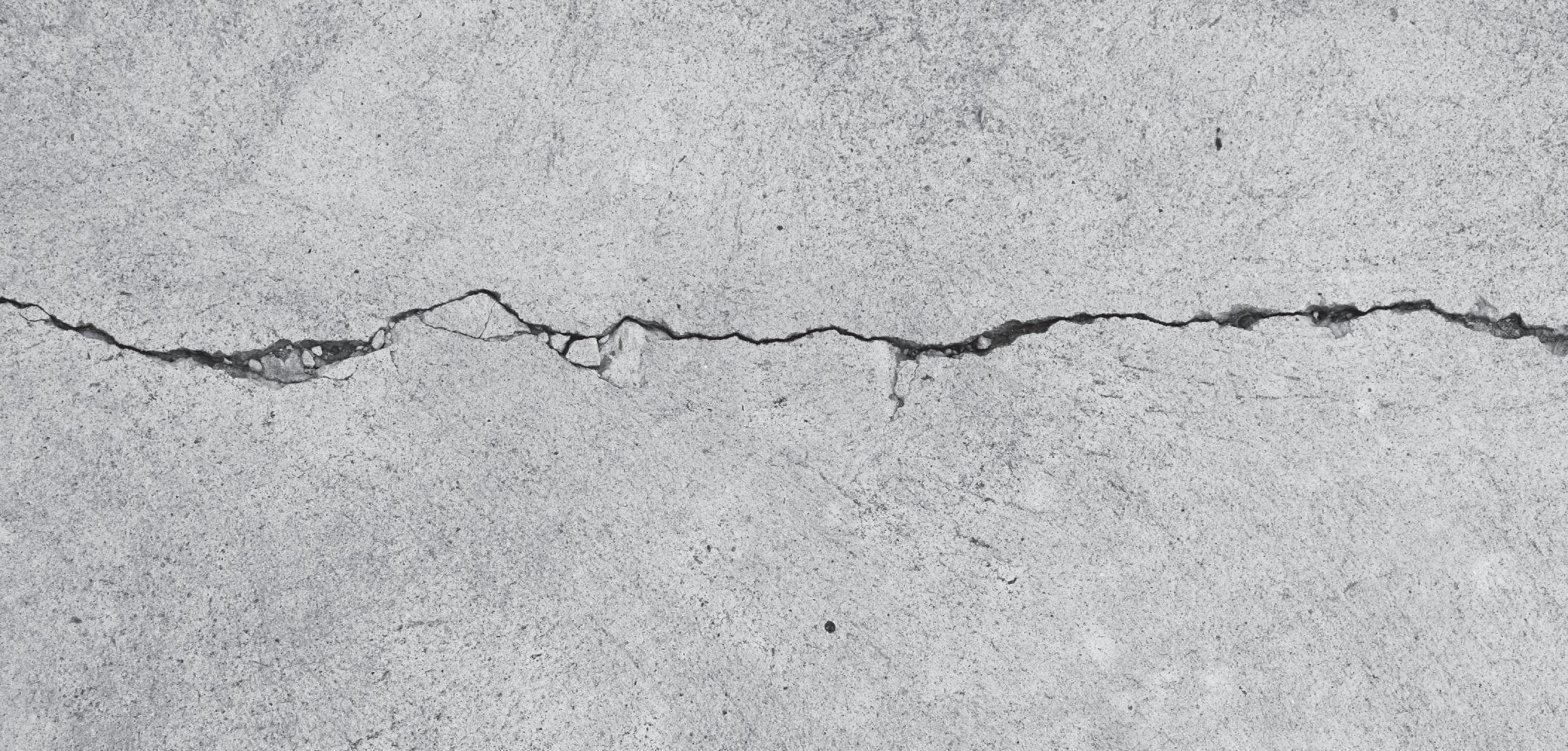
Crazing is a network of very fine cobweb line cracks. Crazing is not detrimental to anything other than appearance.
Drying/shrinkage cracks are caused by concrete shrinking as a result of moisture loss. This is not a major problem if the concrete is free to move.
Cracking in concrete slabs is called “Concrete Slab Distress” and is described by a damage category. If distress is rated at less than category 3 the defect is to be monitored for 12 months. Cracks that are greater than 2mm wide after being monitored for 12 months are a defect.
12 months
There’s no substitute for a backup plan. With one year of Emergency Home Assist, open the door to your new Langdon home knowing you're supported when you need help fast.
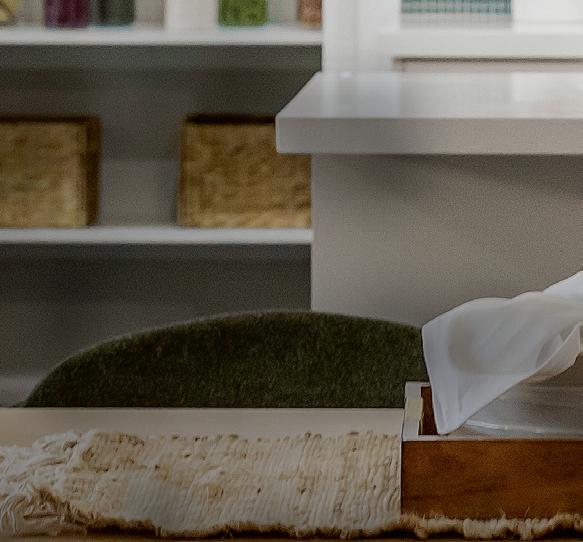
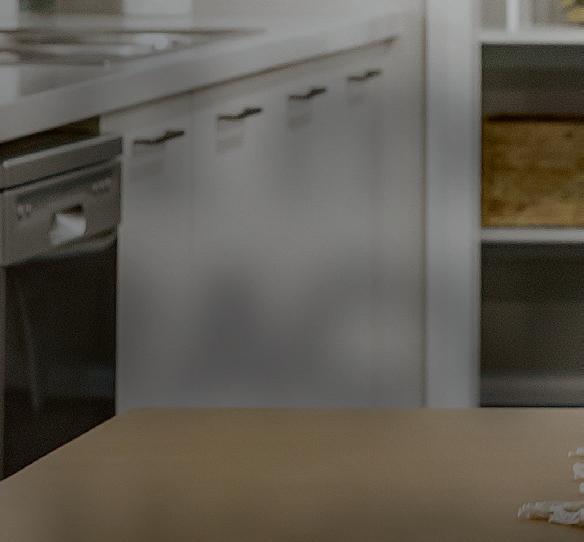

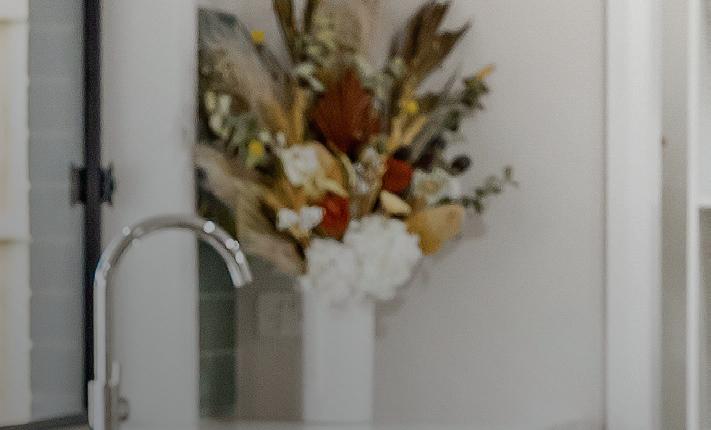
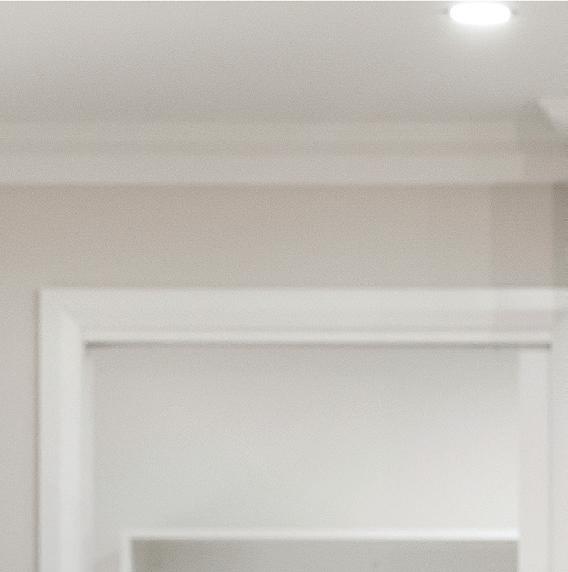
Your complimentary Emergency Home Assist subscription includes:
• Qualified plumbers, locksmiths, and electricians.
• 24/7 support and rapid response time.
• Unlimited emergency callouts*.
• No out-of-hours surcharges, even at night, weekends, and public holidays.
Search racv.com.au or call 13 46 63 to find out more about RACV’s Home solutions.
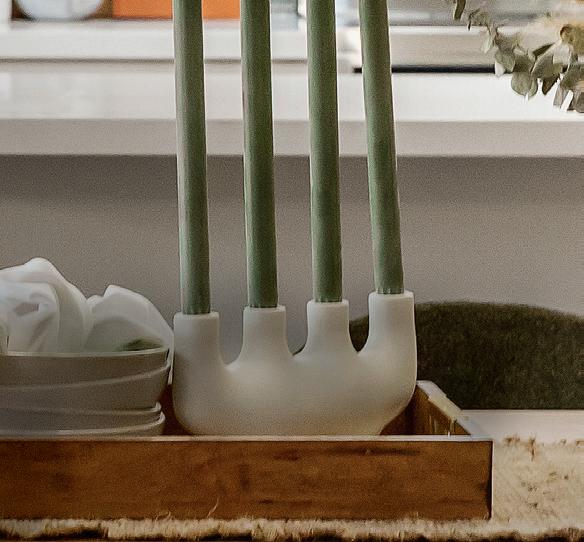
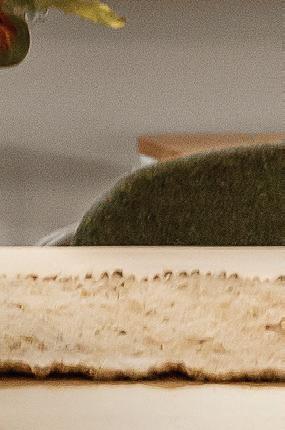
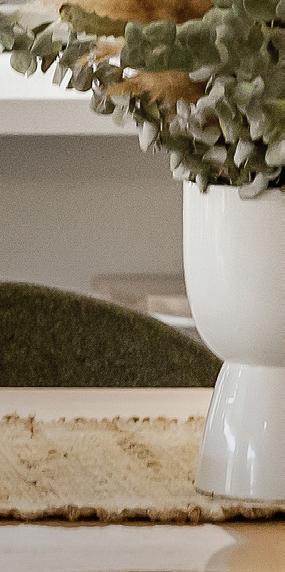
Learn about RACV's range of Home options to keep your home safe, secure, and powered all year round.

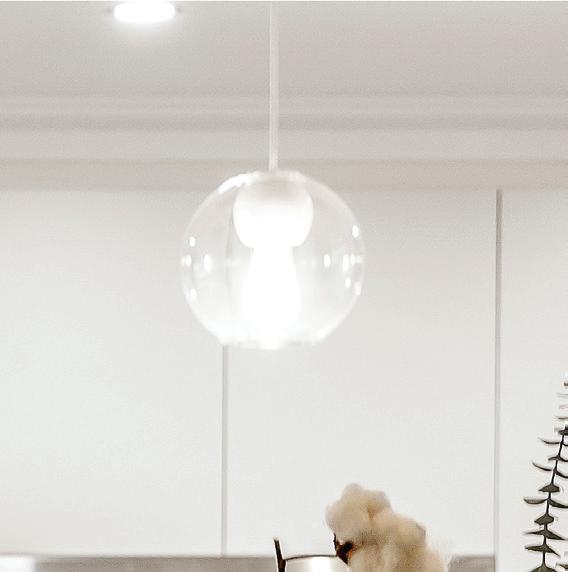
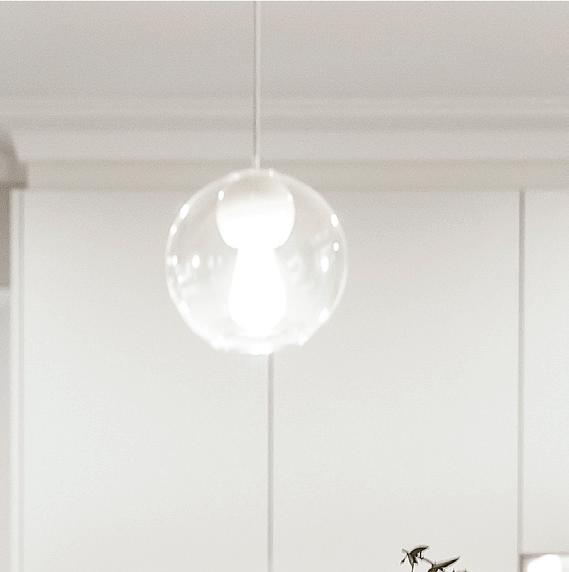
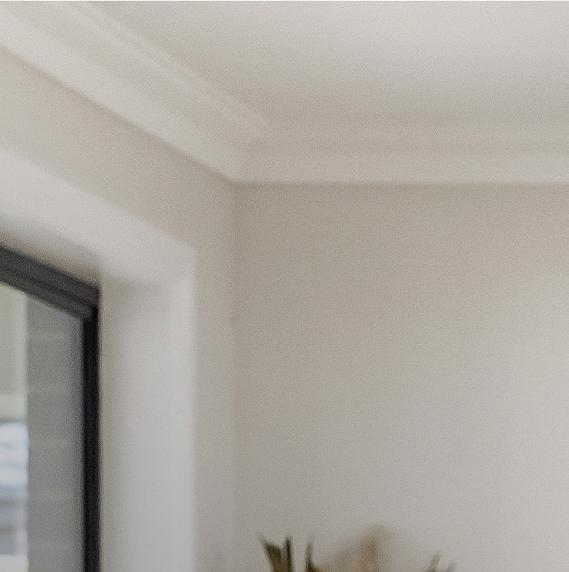
Home Insurance
• With help for claims 24/7, get a tailored policy with optional extras and inclusions.
• Lifetime guarantee on repairs and rebuilds completed by one of RACV Insurance's preferred repairers or builders.
Home Security


• Alarm systems, professional monitoring and security cameras to suit your needs.

• Expert advice, installation, and maintenance.
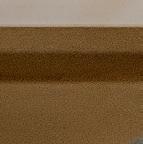
RACV Solar


• Save on bills with reliable and sustainable energy.
• Store excess solar power for when you need it with battery storage.
Care must be taken with landscaping to prevent the breakdown of the termite resistant barrier (if installed). Further care must be taken to avoid run-off from storm water around the house being affected adjacent to the house or garage.
The chances of impairment or failure of footings to your home are higher if the following conditions happen:
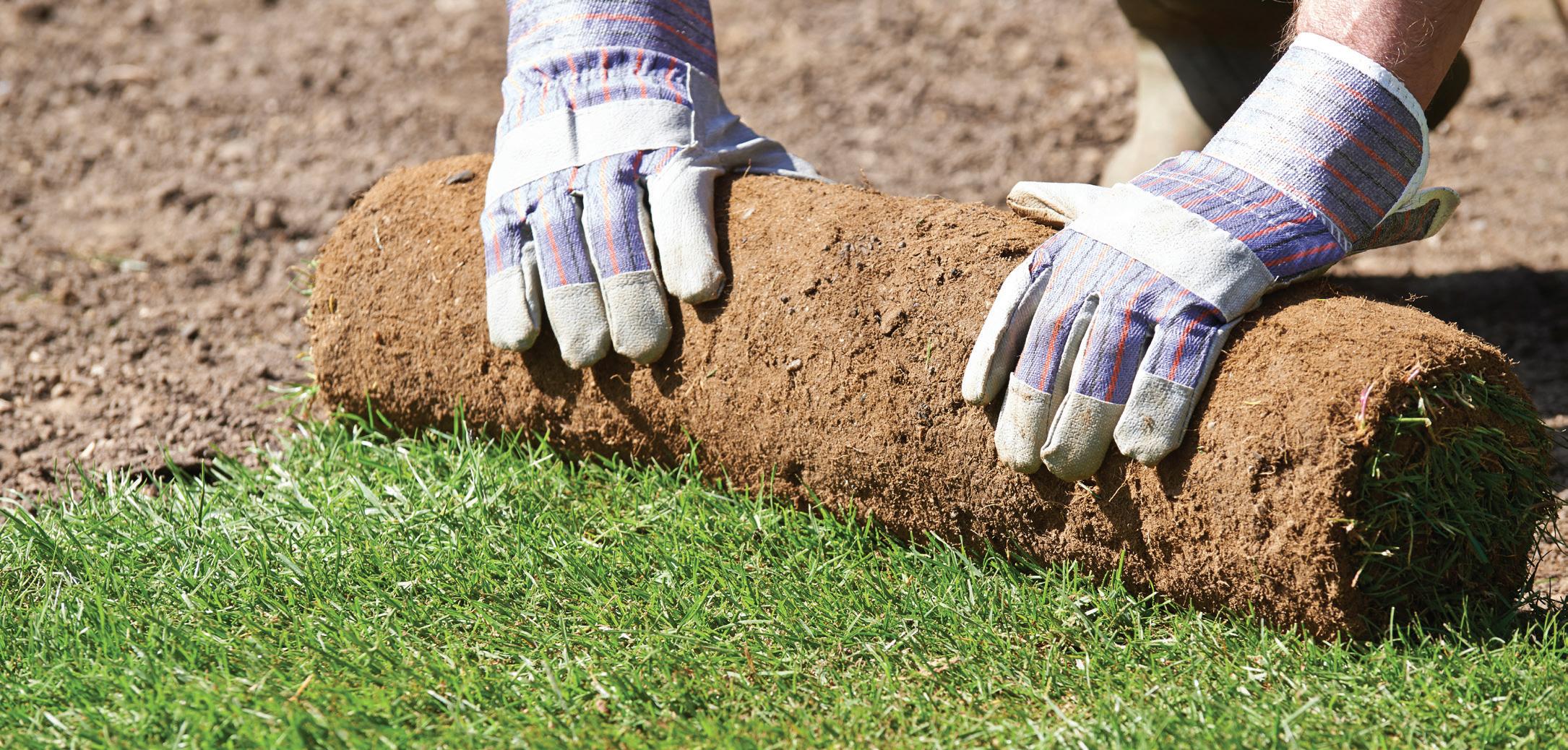
Trees are planted too close to the house
Landscaping and paving undertaken by the owner is not graded sufficiently for water to flow away from the house
Water is excessive next to the house
Site drainage is not maintained by you as an owner and allowed to deteriorate
Plumbing leaks not repaired. Trees and plumbing leaks are a common cause of footing failure and they need to be kept under control and away from the house.
A tree root barrier may need to be installed to ensure the long-term performance of the building, depending on the location of any trees planted or remaining near the vicinity of the house and garage. This is the responsibility of the owner, and Langdon will not be responsible for any defect/ damage caused to the house, garage or services because tree root barriers were not installed. For further information you can refer to the CSIRO’s ‘Guide to Foundation Maintenance and Footing performance’ which is provided in your handover pack.
It is possible that minor cracks will appear in the concrete as the material shrinks. This is normal and not a defect, provided the cracks don’t continue to grow. Langdon Building, using engineers’ reports, has built your home and garage slab to withstand anticipated pressure. However, unanticipated cracking may result from conditions over which the builder has no control, such as unequal ground settlement and excessive rainfall or drought.
This hairline cracking has no detrimental effect on your home. However, should you become concerned or the cracking is in excess of 3mm across, contact Langdon Building After Care team to arrange an on site inspection. Refer to the CSIRO information sheet titled “Guide to Foundation Footings and Slab" and also the Victorian Building Authority standards.
REFERENCE DOCUMENTS
csiro.gov.au vba.vic.gov.au
Plan and provide drainage to remove water runoff away from the home, and into silt trap or stormwater grates. Landscaping and paving undertaken by the owner is not graded sufficiently for water to flow away from the house.
When installing a driveway, grade away from garage door. If it is not possible provide and install a grate across the full width of the garage doors with a drainage system approved by your local council or private building surveyor.
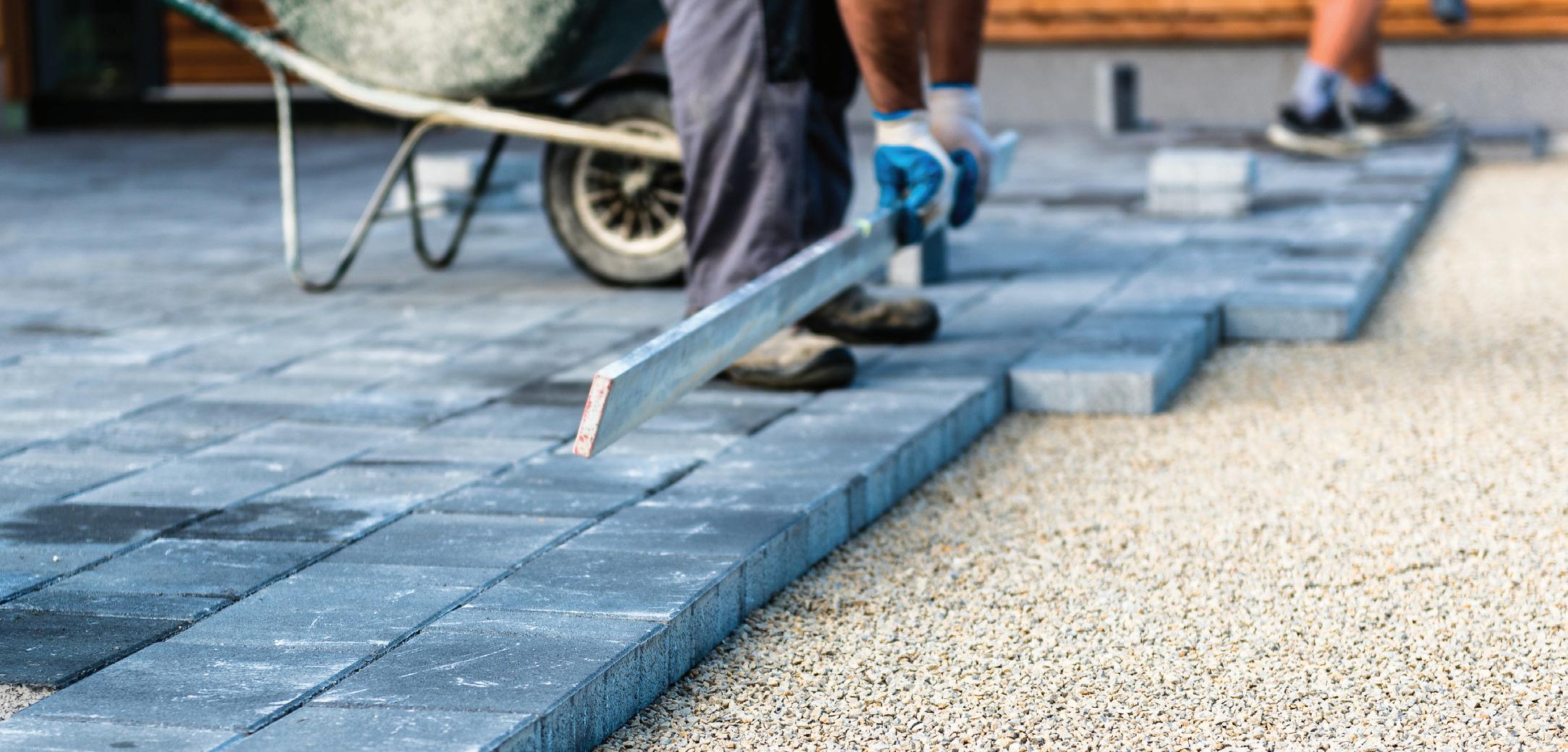
Grade all paths and garden beds away from the house and take extra precaution not to cover the base of the hot water system, heating unit and/or air conditioning condenser. Also, ensure that the water meter, gas meter, weep holes in brickwork and inspection openings are free of concrete and soil build-up.
For more information please refer to ‘CSIRO: Foundation Maintenance & Footing Performance’. This is provided in your handover packs.
Before building your new home, your Langdon builder will have arranged for a soil test to classify your soil type and determine how ‘reactive’ it is. The reactivity of the soil determines to what extent the soil shrinks and swells with changes in moisture content. Excessive changes in moisture conditions around the perimeter of your home can cause the footings to move, potentially causing damage to your home.
The soil test will classify the reactivity of your soil from:
A — Non-reactive
S — Slight
M, M-D — Moderate
H1, H1-D — High
H2, H2-D — Very High
E, E-D — Extreme
P — Problem site (usually as a result of trees on site)
The greater the reactivity, the greater the possibility of excessive movement. If you do not have a copy of the soil report for your property, ask your builder for a copy or contact your local council.
Once the soil has been classified, the designer and/or engineer will design your house footings to ensure they can cope with the classification of the soil and likely movement. The builder will then build your home on footings designed under engineering principles to suit the soil on your land.

Not all builds include termite protection. The local council advise which locations require termite protection. Refer to your building permit.
Protectant Pest Management wish to confirm the home owner’s responsibility to termite protection of your new home especially when undertaking landscaping.
1. Please note: to maintain the warranty of your house you must undertake an annual inspection.
2. If you are undertaking concrete pathways and/or paving which butts up against the residential dwelling and goes above the termite barrier, a physical termite barrier needs to be installed. The responsibility of such a barrier is with the home owner.
3. The physical termite barrier can be either a reticulation termite system and/or a physical barrier which is embedded into the concrete pathways and/or paving;
4. Read all information in this Warranty Package thoroughly.
5. Comply with the Warranty contained in this handover pack.
6. Do not build garden beds over weep holes.
7. If an extension or renovation is built, ensure that the termite barrier is re-installed by a licensed pest technician.
8. Ensure all barriers are re-installed after the completion of any future work.
protectantpestmanagement.com csiro.gov.au
A feature found in some bricks is a white powder-like substance that forms on the face of the brick. This substance is called efflorescence and is caused when water salts are drawn from inside the brick itself when there is a high moisture content in the air over a limited time. A stiff brush is the most effective means of removal. This is not a defect.
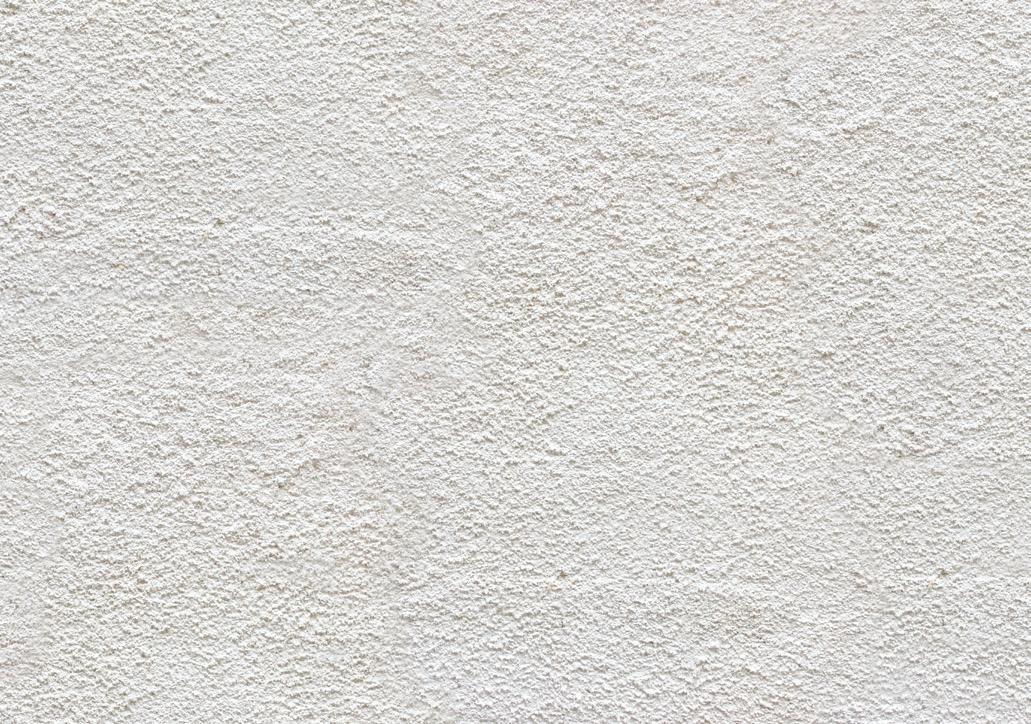
Weep holes are vertical openings between bricks usually located above and below windows and doors and at floor level on the external face brickwork of the home. Weep holes serve the function of removing water that may penetrate through the bricks and mortar in heavy rain conditions.
Weep holes must be kept clear at all times and must not be filled or sealed over.
When landscaping the home, ensure that soil or concrete paths are below the bottom of the weep holes. Regular inspections of weep holes are necessary. You must ensure that soil build-up or garden landscaping does not hinder their function and avoid any moisture being contained in the wall cavity.
In the event that brickwork or mortar may need to be removed from parts of the home for repairs it is possible that mortar colour variations can occur when replacing these bricks. Hairline cracks may appear in the mortar of the brickwork.

These cracks may be visible during extreme weather changes, for example prolonged dry spells or wet spells. It may be necessary to monitor these cracks, as when normal season conditions return these cracks may not be visible.
Rendering needs to be cleaned regularly to stop build-up of dirt or grime, which can affect the appearance of your home. There are ways of reducing the effects of these changing conditions to maintain an attractive appearance, simply by spraying lightly with a hose or using an extendable soft brush connected to a hose. Render can suffer the effects of fading due to extreme weather conditions, especially to the west and north facing walls.
Changing weather conditions will always affect the appearance of your home, but there are ways to reduce the damage and the work you have to do to maintain an attractive appearance. You should always wash the paintwork at least twice a year using a hose and a soft brush or sponge. Neglect can result in build-up of dust and grime and this will cause pitting of the paint, which can lead to peeling, especially to areas such as the inside and underside of gutters and spouting and, if installed, the underside of the eaves.
When using a hose, be careful not to spray under areas that may cause water to enter the home. Dark colours absorb heat more readily than light colours. Too much heat can cause external doors to buckle. So, check whether changing the colour of your external doors affects your warranty from the manufacturer.
Lubricate windows, as with doors, using silicone spray. With both, it is important to keep the sliding tracks free of dirt and grime.
Weep holes directly below the windows also should be kept clear to prevent the build-up of water. The same applies to weep holes around the exterior walls of your home, so that cavities remain clear and dry.
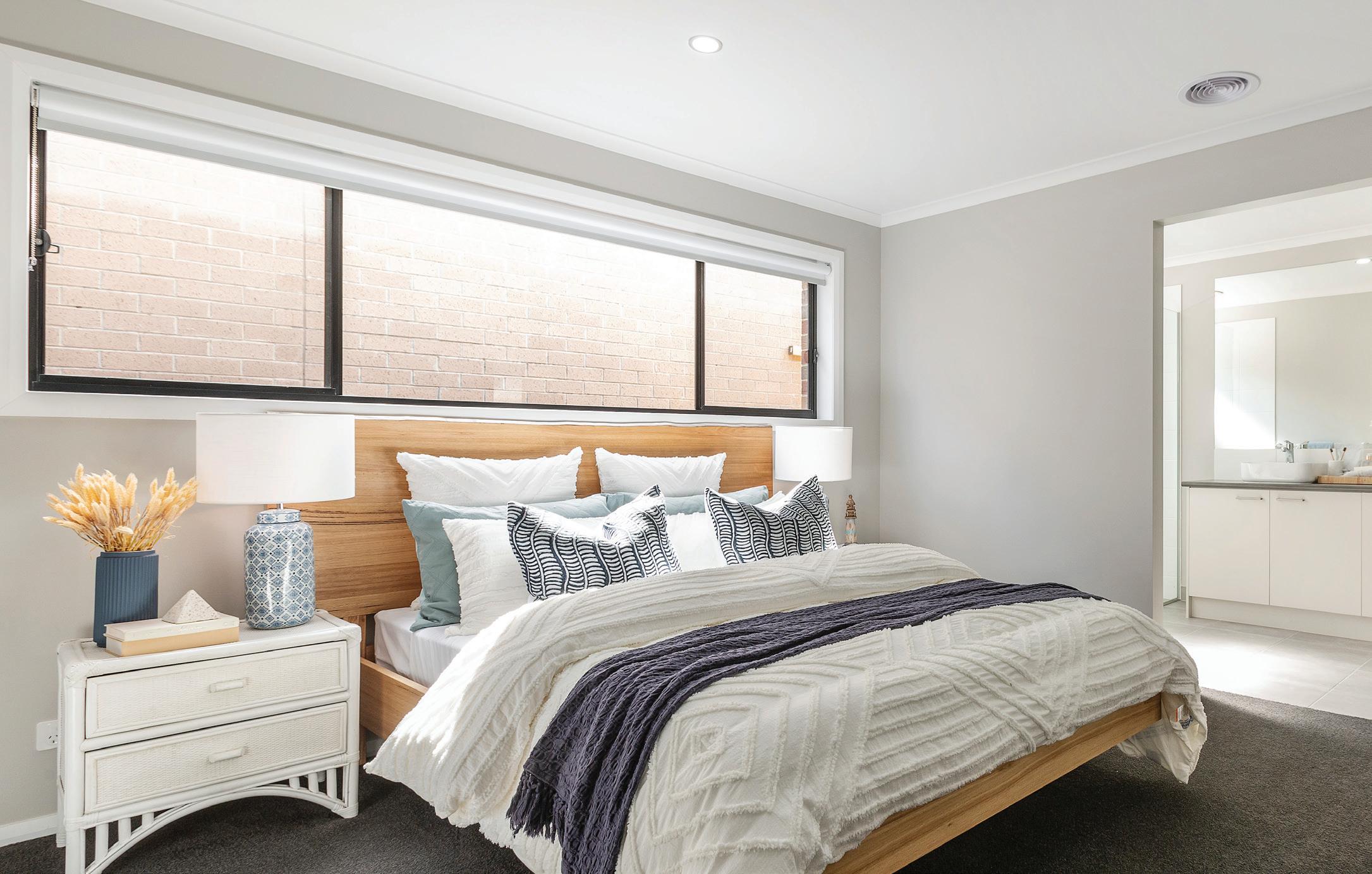
Vacuum and wipe down windows tracks to remove dust, dirt, insects and obstructions. This will eliminate grime build-up and ensure free operation of the windows. It is normal for gaps to be left between the bottom of the window sill and the top of the brick sill. This is to allow for house settlement.
Please advise your blind or curtain installer not to secure window fittings to the window architraves. The window architraves are a decorative feature of the home and do not provide structural support.
During the building process gaps have been purposely left under the windows to allow for future settlement. This is not a defect.
The quickest and most effective way of cleaning screens is to take them out of their frame and hose them down with the nozzle of the hose turned to a fine spray. Allow them to dry and then reinstall.
Remove dirt, dust and obstructions from the bottom track of Aluminium sliding doors to eliminate damage to the door’s rollers; this will ensure an extended life and ease of operation.
A good general rule is that aluminium should be washed to remove dirt deposits as often as it is necessary to wash the glass of your windows; however different environments require different levels of frequency.
Lock barrels should be lubricated with a dry lube periodically.
Sliding door and window tracks can be easily cleaned by slowly pouring hot water into the track; this removes dirt and debris from the tracks and also helps keep the drain holes clear.
The garage doors have been manufactured so that maintenance is kept down to a minimum.
Colorbond® doors should be washed frequently. This applies particularly if you live in an area prone to air pollutants or exposed to sea spray. Sea salt can damage the surface, so you should wash garage doors at least once a fortnight.

Keep the manufacturer’s manual, warranty and instructions handy in case of a malfunction. We advise any adjustment be made by the manufacturer only. Using the doors will tell you whether they need lubricating. If they have a nylon edging strip, don’t use a lubricant. Apply a dry lube or wipe the strip with ordinary household talcum powder instead.
During wet weather conditions, water may enter either under the door or through the sides of the door; this normally would not be considered a defect.
The remote-control unit operates by batteries. The batteries will require replacing at times. Contact the door provider, who can arrange this for you. On most occasions the manufacturer’s service telephone number will be located on the rear of your garage door.
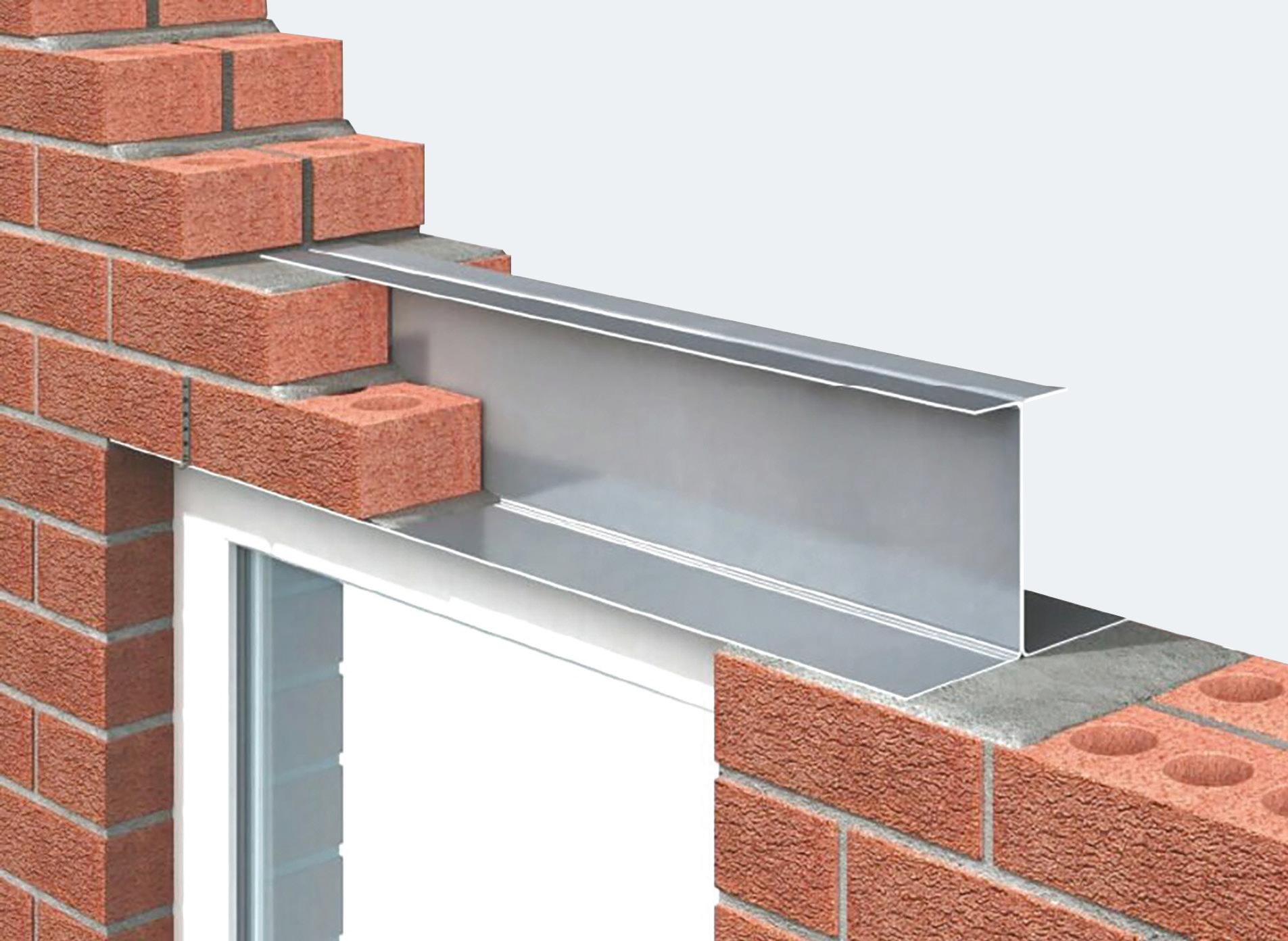
Depending on the house type, a steel lintel may be installed above a window or sliding door. However, due to the inconsistency of brick size and brick gauge some infill may be required to be installed. Steel lintels, where installed above the windows are galvanized steel.
Should discolouring on the surface occur it may be scrubbed off with a stiff brush.
Expansion or control joints have been installed during the construction of your new home. The expansion joints are an important part of the external structure. They are designed to allow for the natural ground movement that occurs between the seasons and the expansion joint can close or open with the change of seasons.
Do not impede the function by constructing a structure eg. pergola.
To be completely effective your roof has to be kept clean and free of debris. This applies to the guttering, valleys and downpipes running off it. This will not only alleviate damage, but it will also prevent flooding and/or water damage to the inside of your home.
If you require someone to do work on your roof such as the installation of a satellite dish, evaporative cooling unit, solar pool heating, festive decorations, and extensions to the home or a pergola, make sure they are qualified to do this work.
Damage caused in these areas where work has taken place will not be considered the responsibility of the builder to rectify. It is important that the installation of a heavy item on the roof is carefully planned to avoid roof or ceiling collapse.
Any cracking or damaged tiles can easily be replaced by removing the damaged tile and slipping the new one back into the same position. There are usually spare roof tiles provided after construction. These are usually left in a safe location ready for any necessary repairs.
As with plaster, you might find minor cracks appearing in the bedding of the tiles. Again, this is beyond the control of the builder. They have no effect whatsoever on the structural strength and soundness of your home.
The colour to most concrete tiles is an applied finish and once the roof tiles have been installed and depending on the time of year, the colour may fade. There is no warranty provided against fading of roof tiles and this will not be considered to be a defect. Roof tile ridge and hip capping’s can sometimes be dislodged in strong winds. If this occurs please contact your insurance company so repairs and any rectification work can be put into effect as soon as possible. If you want more information on natural forces or disasters, review online and/or you can contact State Emergency Service for details.
Colorbond® roofing is a finish applied onto a metal roof. Once the roof has been installed and depending on the time of year, the colour may fade.
Condensation under the metal roofing can be caused by conditions beyond the builder’s control; such as high humidity and differences between the internal and external temperatures.
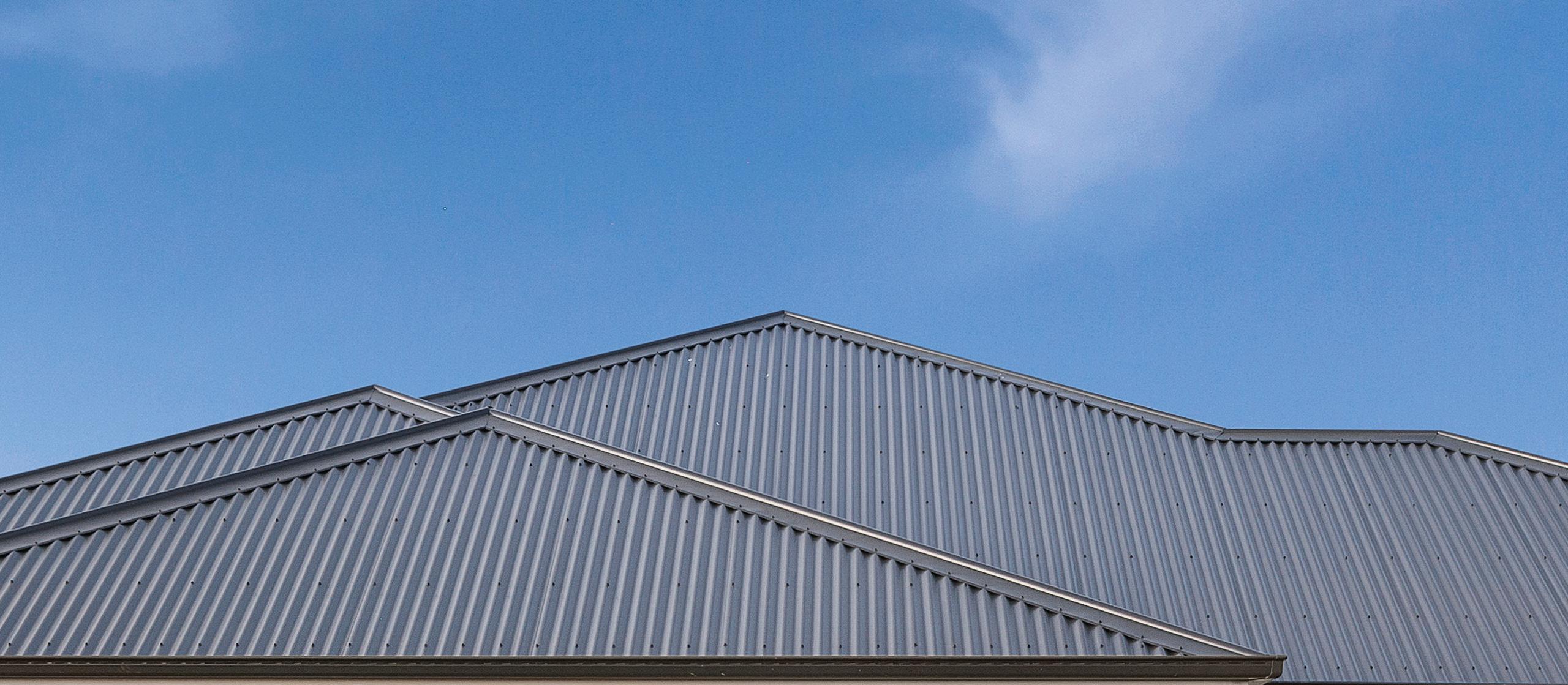
This is now an industry standard to install tiles to roof valleys without the use of a mortar or filler between the bottom of the cut roof tile and the valley iron. This is called dry valley construction, and is not a defect.
Colorbond® fascia and guttering is a finish applied to zincalume product. Once the fascia and spouting has been installed and depending on the time of the year, the colour may fade.
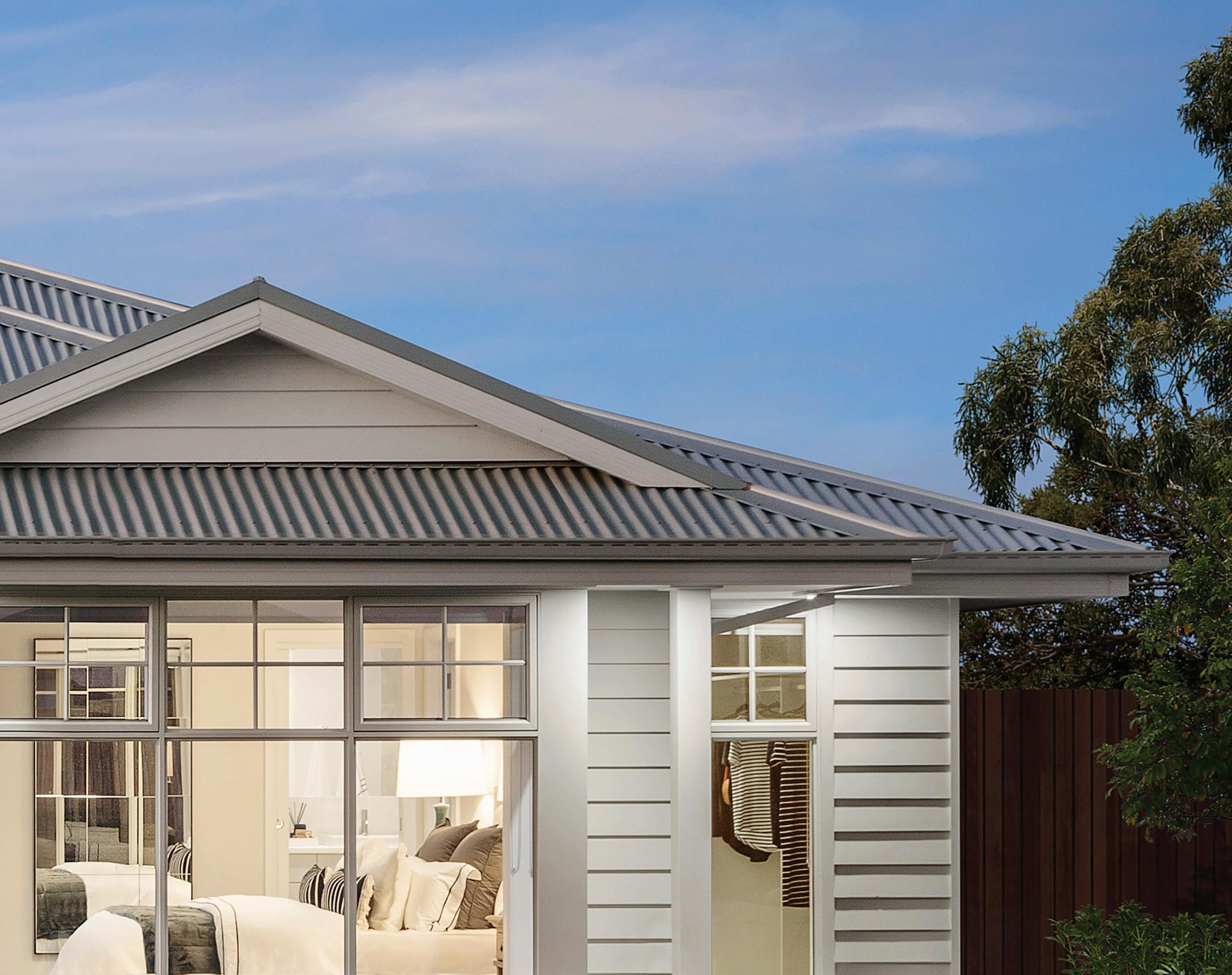
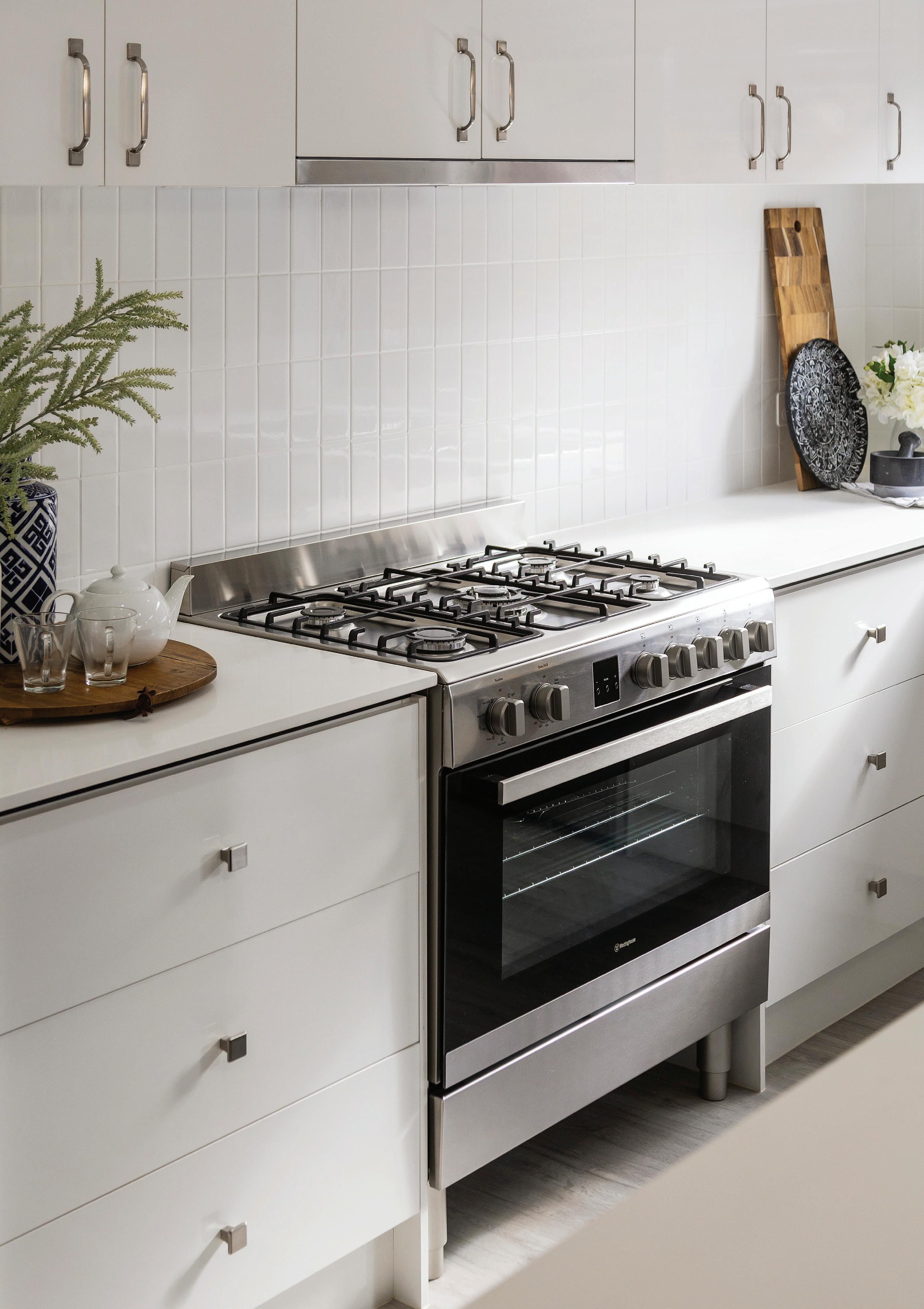
Consideration is required when undertaking the installation of any light fittings, fans or similar to the plaster ceiling linings. In the event of any electrical or plumbing fitting this is required to be installed by a licensed contractor. All fittings irrespective of size and weight should be installed with an appropriate support system within the limit of the structural framing system of your home. Plaster is not designed nor intended to provide direct support and may result in the failure of your ceiling system. The roof cavity above your plaster ceiling linings is not designed, nor should it be used, for storage.
Considerable care should be taken when any access is made to the roof cavity as the plaster ceiling linings are not designed to withstand the weight of rested objects or foot traffic, such force may compromise the plaster board fixing system and lead to ceiling failure.
Depending on the prevailing climatic conditions it will take up to 12 months for your new house to settle into its new environment. Generally, this settlement will become evident as minor cracking to the inflexible internal junctions of walls and the intersection of cornices to both walls and ceilings. Because nothing can be done to prevent the house settling, these minor hairline cracks (less than 1mm wide) can be fixed one week and reappear the next. These hairline cracks are not covered by our warranty and are not considered defects.
Natural light from an un-curtained window or artificial light from an unshaded or poorly positioned light fitting can cast glancing light across both ceilings and walls. This glancing light will dramatically affect the appearance of a flat ceiling or wall in your home.
Imperfections in plaster that are only evident at certain times of the day, from a particular angle or at night are not considered defects and are not covered by our warranty.
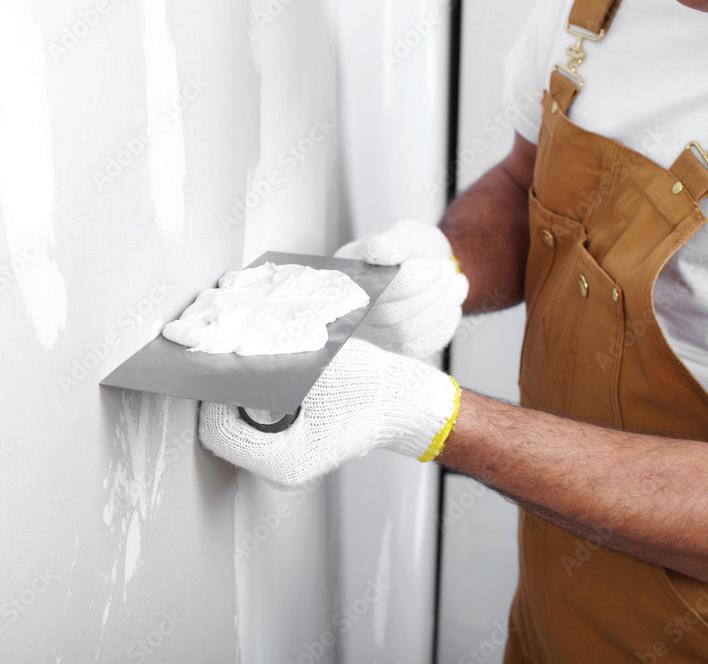
Great care is taken during the installation and finishing of the plasterboard linings In your home, but the end result — no matter how skilled the tradesman — is an approximation of flatness. “A surface which is perfectly flat under diffuse light can appear rough and uneven when lit by light falling nearly parallel to the surface” — CSIRO (Report no. 8 ‘Illumination and decoration of flat surfaces’.)
For the best results, it is advisable to wash the whole wall rather than simply the area that has been stained. This applies particularly with ceilings where, for aesthetic reasons, they have been painted with flat ceiling paint. So, extra care should be taken when washing ceilings since hard rubbing will tend to “polish” the surface and cause shiny spots that will mar the overall finish.
Similarly, care should be taken with walls. Use diluted detergent solution by adding a tablespoon of household detergent to four litres of warm water. Apply with a soft cloth or sponge to avoid marking the surface. Always rinse off detergents with clean water and pat the surface dry to avoid leaving a spotty appearance.
Never use an abrasive cleaner.
Contract specifications. CSIRO, Report no.8 – Illumination and decoration of flat surfaces. gyprock.com.au
At the first sign of any water staining or unusual cracking appropriate investigations need to be undertaken to ensure the ceiling system is not compromised.
Neglecting the cleaning of external paintwork can lead to a build up of dust and grime which can cause pitting and eventually peeling of paint.
Please note that a quality paint system has been applied to your home which is reflective of the initial quality of our display homes. Over time with general wear and tear and use of our displays, additional coats are applied to high traffic areas where required which may alter the appearance and level of finish.
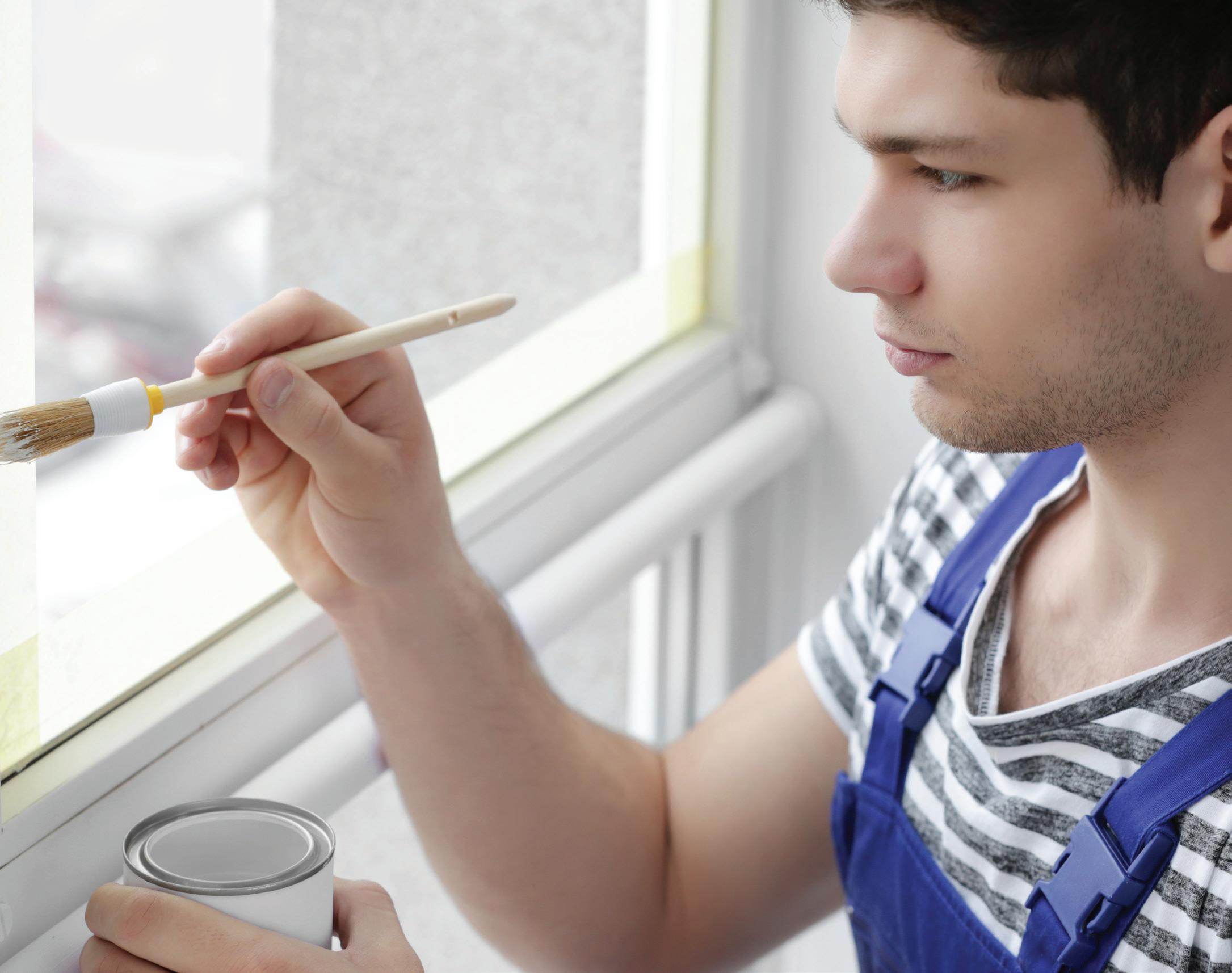
Hairline cracking is normal and general owner maintenance is required.
Architraves/skirting and cavity/hinged doors that are painted in a white colour may yellow over a period of time especially in darkened areas where UV light is restricted. Yellowing is not considered a defect.
Stains to windows and doors require ongoing maintenance & should be re stained every 12 months. Paint should be maintained as per manufacturers guidelines.
Contract specifications. haymespaint.com.au
Your flooring may be exposed to a lot of traffic leading to wear and tear over its lifetime. It is important that you take the time to understand how to maintain your particular flooring to ensure it remains to be an attractive feature of your new home.
Your Handover Pack contains important and useful information from Beaumont Tiles regarding tile care and maintenance. Advice specifically on porcelain tiles has (if applicable) also been included in your Handover Pack.
Properly caring for your vinyl floor can help extend its life and preserve its appearance. Vinyl is an extremely durable floor and there is little cause for concern when it comes to spills, spots, or scuffs from shoes.
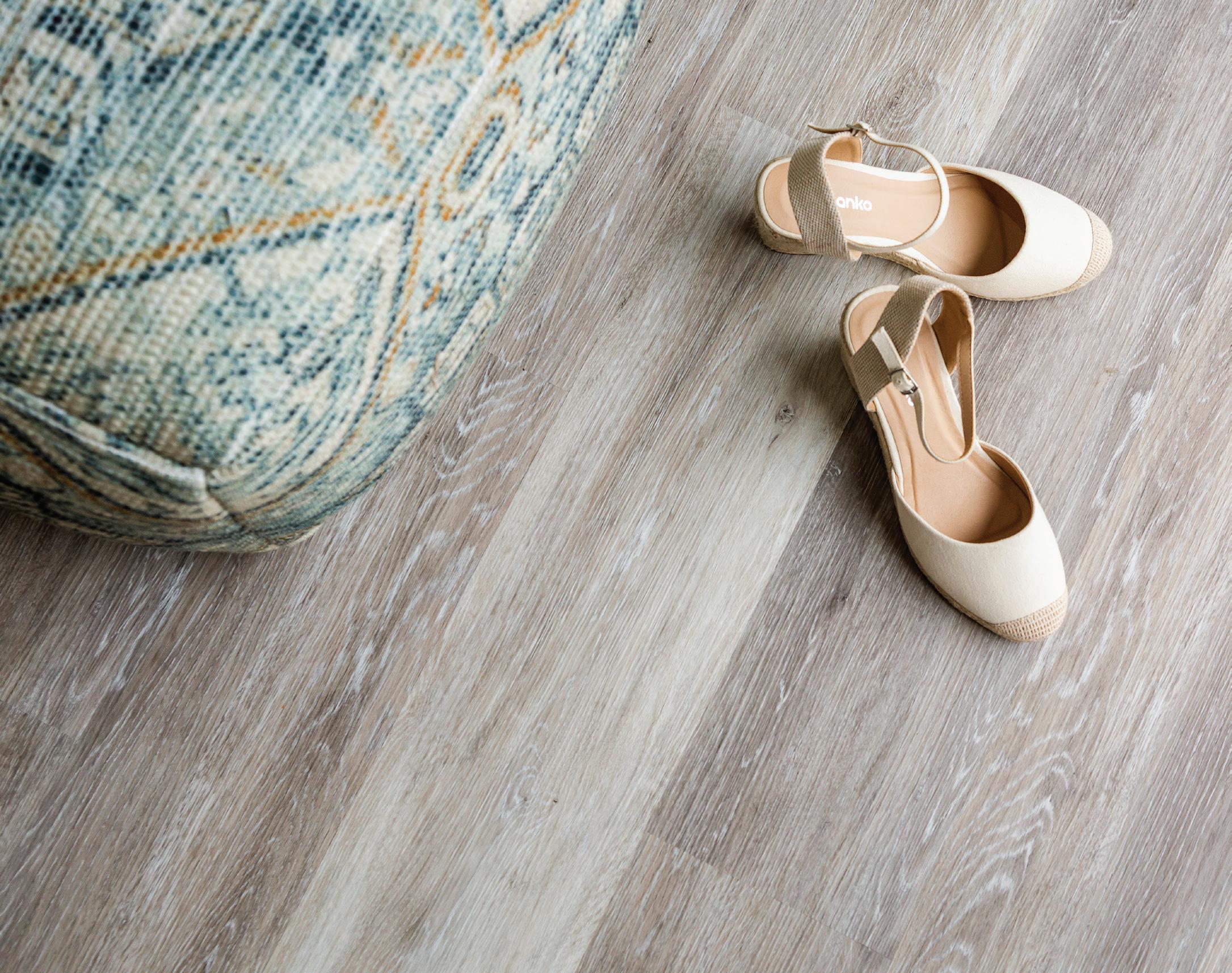
It is recommended to wait at least three days after installation before cleaning your vinyl floor for the first time to make sure the adhesive under the floor is completely dry. Sweep your vinyl floor at least once per week. Wipe up any spills promptly. Mop with a manufacturer approved household cleaner. Support furniture with wide-bearing, non-staining floor protectors.
Contract specifications
beaumont-tiles.com.au
deltafw.com.au
Technical Bulletin TB130, Ardex Australia
ardexaustralia.com
The most important step in caring for your carpet is vacuuming. Carpets should be vacuumed regularly, once or twice a week depending on the amount of traffic. A thorough vacuuming should include under beds, behind curtains, inside wardrobes, along skirtings and beneath furniture to discourage possible attack by insects.
Treat spills immediately – most spills will not stain permanently if you act quickly.
Do not scrub – scoop up or blot as much of the spill as possible.
Cold water – apply cold water to the stained area with a clean white cloth to flush out as much of the stain as possible, then blot.
Carpet cleaner – apply a good quality carpet cleaner and follow the manufacturer’s instructions.
Professional cleaning may be required for a more heavily soiled carpet.
Clean and sweep your tiles regularly. Use just a few drops of soapless detergent. Don’t use abrasive cleaners.
Vinegar mixed with warm water is a proven and natural cleaning agent.
Vacuuming is a great way to clean tiles.
To remove a stubborn spot, scrub with a paste of bicarbonate of soda and water.
Use good mats at doorways to keep out sand and dirt which may scratch tiles.
Use gliders under any furniture, to avoid damaging the surface of the tile.
Avoid dropping heavy objects on to tiles, as they are not indestructible.
If you have high gloss floor tiling or timber flooring surface avoid wearing spiked shoes.
Shower bases usually have a line of caulking around the bottom of the tiles. This can sometimes fall out due to the building movement and or shrinkage is a normal occurrence. If you notice any sealant missing, you can obtain some flexible sealant in a matching colour from a tile shop or hardware store and fill the gap with new sealant. Using harsh/abrasive cleaning products can cause caulking & grout to be compromised.
Our tile suppliers have recommended that all porcelain tiles be sealed. The following 3 step process from products supplied by OTA Australia can provide full protection:
Initial wash with Deterdek, an acid reaction cleaner which removes building site residue and grout haze. Stain proofing with MP/90, a special impregnating blend of silicon compounds.
Routine cleaning with Fila cleaner, a general cleaner for all tiled floors which will not harm the MP/90.
For spot cleaning PS/87 is a degreasing cleaner which will remove stains left by coffee, wine, soft drinks, ink and marker pens. SR/95 is specially designed to remove coloured organic stains (wine, coffee, soft drink, sauces etc.)
The above-mentioned products are available from any tile merchant that stocks OTA Australia products.
Alternative proprietary products may also be used and suitability of these products.
Pre-Finished Timber and Laminate floors are considered to be easy to maintain but like all floor surfaces they do require cleaning and a few precautionary practices to maintain their appearances and preserve their service life. On a regular basis floors should be dry mopped with a static mop. Ensure with such cleaning that nothing hard rubs in the floor as it may mark it. The above practices not only pick up any lint and dust but also grit that can be damaging to the floor surface. Similarly, if pets are to be inside it is necessary to ensure that nails are trimmed and paws clean thereby not introducing excessive grit. Any spill needs to be wiped up as soon as it occurs. Failure to do so can dull or discolour the finish and if left for any period can damage the flooring.
In addition to the above there are a number of practices not appropriate for Pre-Finished Timber and Laminate floors and these are as follows:
Do not use cleaning methods or products not designed for timber floors such as scouring pads or cleaners that may contain abrasives, soaps, waxes, ammonia or silicon. Specific timber floor cleaning products are available and should be used.
Do not use steam or saturated mops (irrespective of what the product sales people may say) or any form of scrubbing machine.
See the points below for guidelines on how best to care for and protect your kitchen and bathroom benches and cupboards:
Kitchen and vanity benchtops can be made from decorative laminate products with a moisture resistant substrate. Even though laminate is a moisture resistant product, water spillage should be dried off immediately.
Do not place pans or dishes taken directly from hot plates or the oven on to quartz, granite, marble or laminate benchtops as this can cause them to mark or crack; use a protective board or coaster. Do not boil your kettle directly on laminate or laminate joints. Instead, boil on a board or a coaster.
Do not use quartz, granite, marble or laminate benchtops as an ironing or cutting surface. All cutting and chopping of food stuffs should be done on an appropriate board or coaster.
Keep all laminate surfaces clean by wiping over with a clean, soft, damp cloth and if necessary, use a common detergent. Never use harsh abrasives, steel wool, wax or other polishes.
Kitchen and bathroom vanity doors are also made from moisture resistant products and water spillage should be dried off immediately.
Never sit, lie or stand on quartz, granite or marble benchtops. They are a stone product and may crack or break.
Do not place heavy cardboard or timber crates onto any benchtops as this can cause scuffing and scratching.
Internal tap mixer sets are fitted with a cartridge with external taps having a washer. Overtime, water will wear down the tap settings. If your tap leaks, it is advised to change the cartridge/washer as soon as possible.
All taps provided in your new home have a twelve-month product warranty from the manufacturer. Tap washers (where applicable) are not covered under this warranty.
When it is necessary to change tap washers in shower compartments, it is essential to seal the mixer tap spindle and tile edges to ensure the water proof seal. It is recommended that these repairs be carried out by your qualified plumber.
It is recommended any works are carried out by an approved plumber or contact the plumber shown on your Plumbing Compliance Certificate.
Condensation on walls, windows can be caused by clothes dryers beyond the builders’ control. This is generally caused by high humidity and differences from the internal and external temperatures. The effect of condensation will not be considered a defect.
Safety glass is fitted to all showers and should be cleaned regularly to prevent build-up of mould that could damage the bottom seal of the screen. The same applies to the shower tiles and base.
Although the glass is safe, you should avoid pouring hot water directly on to the glass, especially on cold nights or mornings. The abrupt change in temperature could cause the glass to expand and crack.
You should call a plumber if your cistern overflows, as this is likely to have been caused by a blockage or a worn part such as a washer. More immediately however, you should turn off the water at the control tap at the back or on the side of the cistern and flush the toilet so that the cistern is empty. All works should be referred to your plumber.
Please also be mindful of using the product ‘Blue Loo’. The cleaning agent can erode fittings inside the toilet which is not warranted by manufacturers.
Your new home has a gas boosted solar hot water system. When the sun is shining the water in the storage tank automatically circulates through the solar panel on the roof and back to the storage tank. When you turn on a tap, this preheated water flows directly through the gas booster which senses its temperature and only fires up if the water needs extra energy. If it’s already hot enough, it flows to the tap without the need for any extra heating at all.
In accordance with Australian Standards regulations, the hot water to your home is tempered to a safe maximum temperature by a temperature control valve. Over time, and depending on the quality of your water supply, the filter in this control valve can begin to restrict the pressure of your hot water flow. If you notice a significant drop in hot water pressure, call the manufacturer’s service department.
As the water in the storage tank is heated by solar energy, it expands and pressure in the tank increases. A pressure control valve maintains a safe working pressure by relieving the excess through an overflow pipe.
Don’t worry if you notice water dripping from the overflow pipe – it’s only the pressure control valve doing its job. However, if you notice a constant flow of water, pull the release trigger on the side of the tank for a few seconds and then release it quickly. Check after a few minutes and if the water is still flowing, call the manufacturer’s service department. It is recommended that you carry out this procedure every six months to flush out any obstruction that may build-up in the valve or the overflow pipe.
Solar heated water can be extremely hot. Adults should take care when carrying out the above. Procedure and children should not be permitted to touch any fittings at all. All other maintenance should be performed by a qualified plumber.
Further information is available from the manufacturer’s website. solar.rheem.com.au
Water hammer is the knocking sound associated with movement of hot or cold pipes within the confines of your home’s walls and ceiling. Taps should be turned off slowly to avoid water hammer. Sudden changes in pressure (i.e. from washing machines or dishwashers) will create some unavoidable knocking in the lines. Water hammer should not be confused with PVC pipe expansion, a noise that is produced when warm or hot water is discharged through a PVC drainage system either in the wall or ceiling space of double storey homes.
This is usually a low volume creaking noise and is normally heard only when water is being discharged. Loose fastenings and knocking of pipes not created by the sudden turning off of taps is considered to be a defect and is covered under warranty.
Flexible connector hoses can usually be found connecting your tapware underneath your kitchen sink cabinet, bathroom vanity cabinet, connecting your washing machine or dishwasher, under your laundry tub and connecting your toilet (either beside the toilet or located inside the cistern tank) and warning signs of failure can include bulging, twists, kinks, discolouration, fraying or rust spots on the braided metal or any signs of dripping or pooling water.
Stainless steel hoses generally have a maximum warranted lifespan under normal conditions but exposure to liquids, cleaning chemicals, ferrous metals, high water pressure, twisting or kinking of the hose will significantly reduce the operating life span and warranty of the hose which will require replacement more frequently. The water quality in your toilet cistern can vary depending on location and whether it is mains water, recycled water or rainwater tank supply and this can significantly affect the longevity of any connections. Any damaged or corroded hoses should be replaced immediately.
It is recommended you visually inspect any flexible stainlesssteel connectors hoses for any warning signs of failure on a regular basis and replace as required.
Although your house is structurally sound, it is impossible to avoid all damage from natural forces, especially sudden storms and exceptionally high winds. This can cause damage to roofs, windows, external flues and other parts of the house, and therefore these should be attended to immediately. In the event of such damage, you should contact your insurance company so that repairs and any rectification work can be put into effect as soon as possible.
It pays to turn off taps and mixer sets to the washing machine and dishwasher after use, as the hose to the washing machine is manufactured with flexible piping. In the event of a failure from the pipe this will help prevent the flooding of your home.
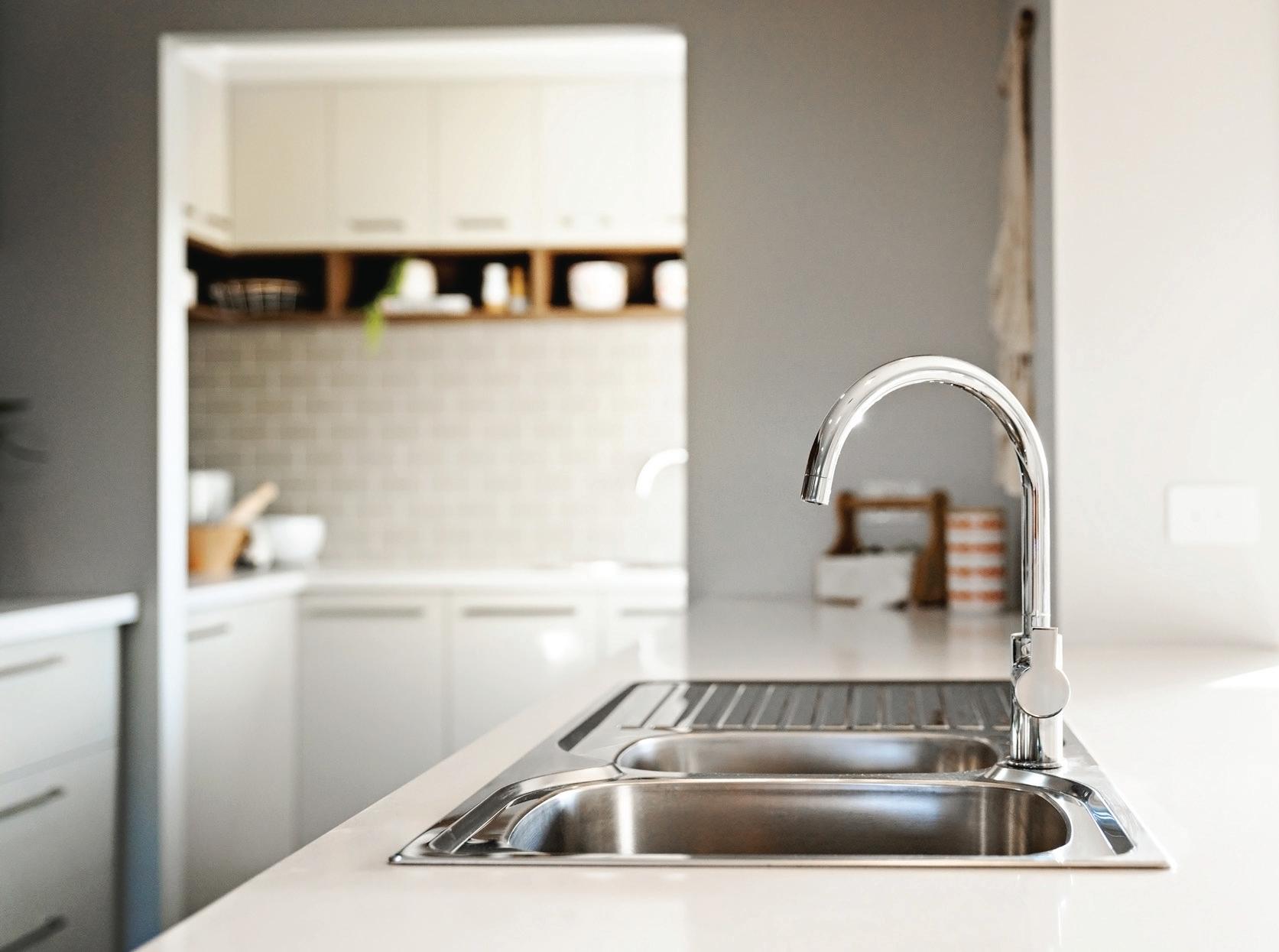
May be responsible for all blockages associated within the inside or outside of the home for example sinks, toilets, stormwater and sewer drains.
The builder is not responsible for blocked or broken pipes that are caused by works carried out by the owner, for example, landscaping, paving, fencing, foreign objects or excessive toilet paper.
Are provided at external locations around the home. It is important that these points are accessible at all times. Some homes will have silt pits installed on the property. It is important that these are not covered when landscaping takes place and these pits should be thoroughly cleaned out 3-4 times a year. For information on easement pits, contact your local authority or council.
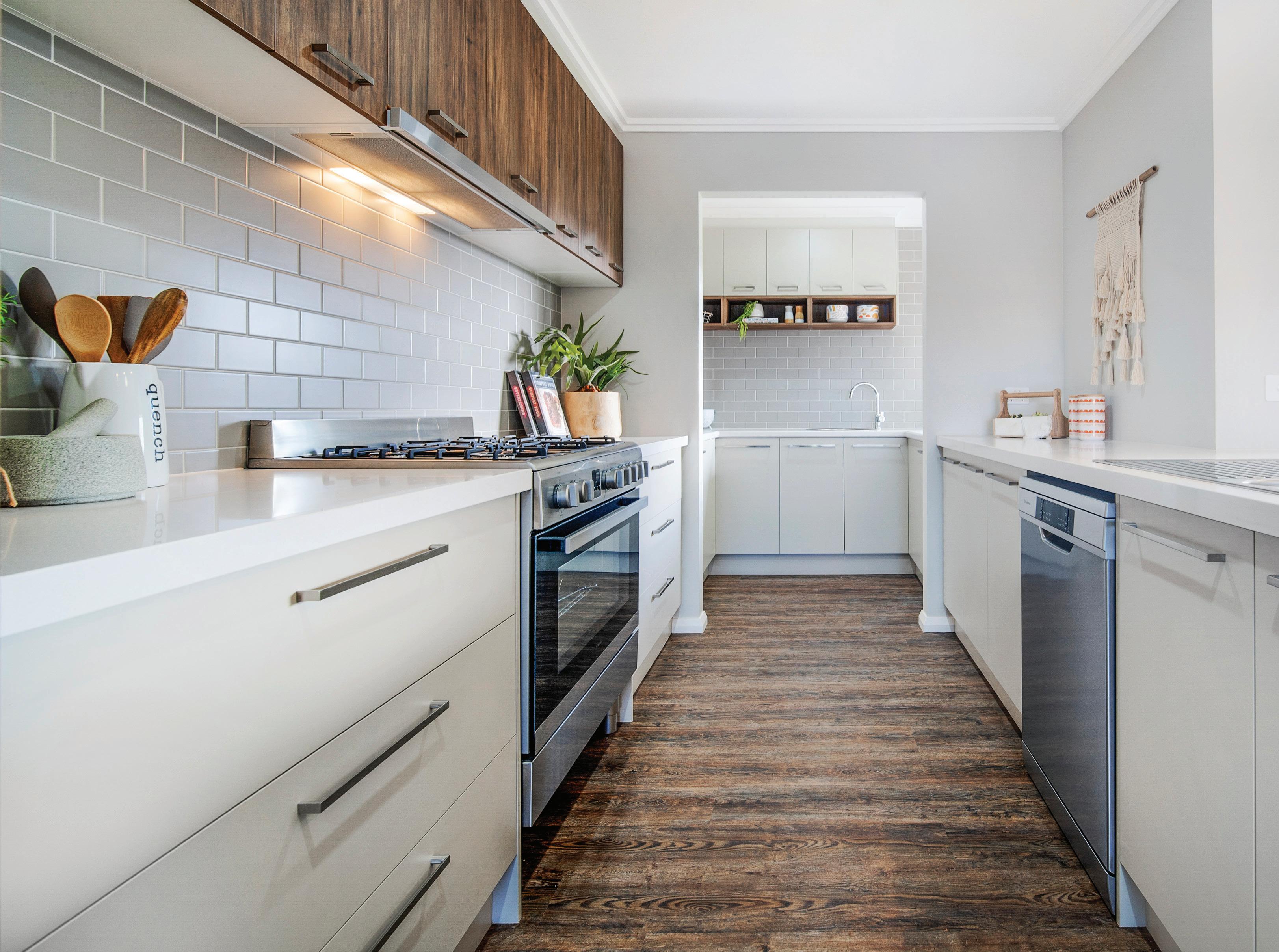
All shelving and hanging rails installed in your new home are designed to carry normal household items, and heavy items should not be stored on any shelves.
Regularly clean benchtops and cupboards with a non abrasive cleaner. Refrain from placing hot items directly onto benchtops. Utilise heat proof boards under kettles, toasters and other appliances. Do not cut directly onto stone or laminate benches. Do not utilise an iron directly on stone or laminate benchtops. Do not use excessive weight (such as sitting or standing) on granite or marble benchtops.
Please refer to your manufacturer’s operating manual or the warranty. All queries should be directed to the manufacturer’s service department.
Please refer to the manufacturer’s operating manual and warranty. All queries should be directed to the manufacturer’s service department.
Laminex® Care and Maintenance Fact Sheet.
Caesarstone® Warranty Brochure smartstone.com.au
naturastone.com.au
westinghouse.com.au inalto.house
You can of course change your own light bulbs. If one or more of them blows too frequently, you should call your electrician. Never use bulbs that exceed the light fitting manufacturers’ specifications. Langdon Building recommends the use of energy-efficient light globes, where practical. Your local power authority should be able to advise you on the best options.
All repairs and other similar electrical work must be completed by a licensed electrician.
It is illegal for others to do it, and you may not be covered by insurance if an unlicensed person is found to have completed the work. All new home switchboards today are fitted with Residual Current Devices (RCD) that trip in the event of a fault or overloading issue. If this happens, re-set the switch. If it continues to happen, contact your electrician.
An overload can usually be detected by turning off one or more appliance. If the RCD doesn’t trip, you know you have probably been using too many appliances at the one time or that one of the appliances is faulty.
If you suspect the problem is a faulty appliance, take the appliance to an authorised dealer. Those appliances that use a lot of power include power tools and anything that uses heating elements such as toasters, radiators, stoves, kettles, hair dryers and air conditioners.
Legally, the meter box must be readily available for the relevant authority to read at any time. Consider this when planning fencing and landscaping. For repairs or new installations contact the original electrician shown on your Electrical Compliance Certificate. Please notify the Service & Warranty Department at Langdon Building if the padlock is still installed inside your meter box, and we will arrange to have this removed.
Smoke alarms need to be cleaned and thoroughly checked at least once a year (select a birthday or another easy to remember date) or remember to change your smoke alarm battery when you change your clocks for daylight savings. The manufacturer’s instructions should tell you how to do this.
It is recommended that the backup battery be replaced at least once a year.
If the smoke alarm beeps continuously this is usually a sign that the battery is due for replacement. Smoke alarms do wear out and should be replaced if they are more than 10 years old.
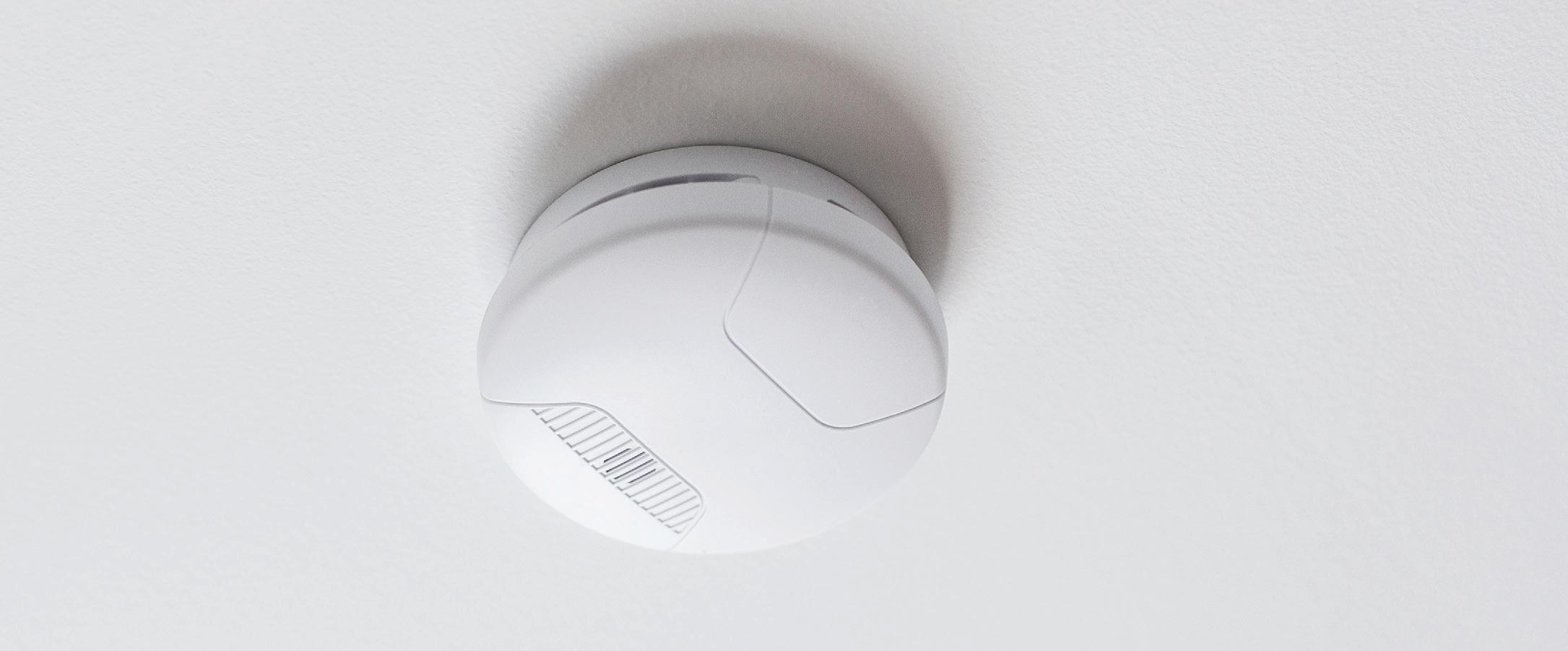
Smoke alarms contain small amounts of radioactive material and must be disposed of in accordance with the manufacturer’s instructions. Alternatively, contact your local Council for the correct procedure for disposal.
When you take possession of your new home, one of our specialised ducted heating contractors will be available to commission (turn on) and balance your ducted heating unit for you. All you need to do is phone the appropriate number and arrange a convenient time.
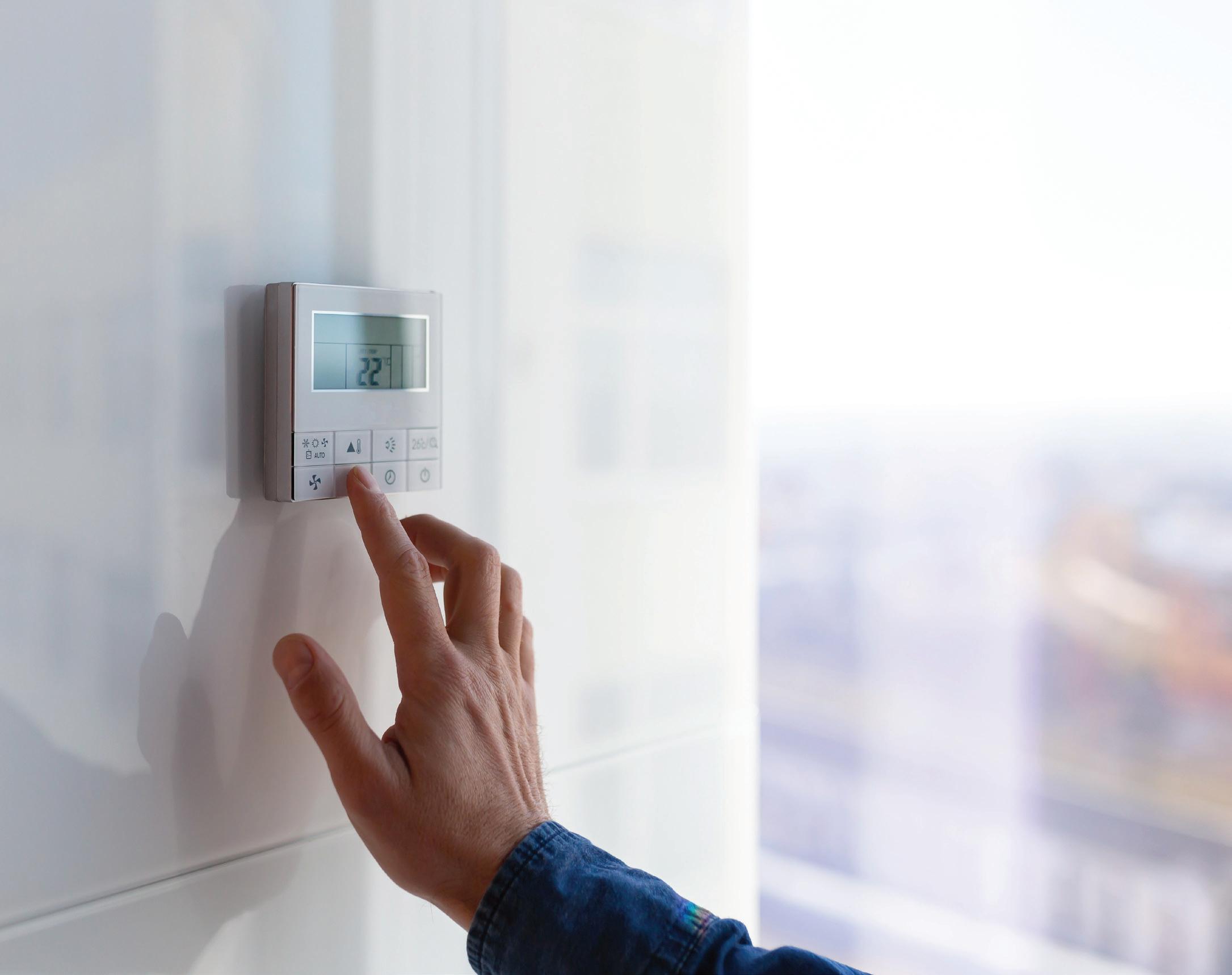
For any further information regarding the operation of your heating or cooling system, or if you wish to speak to a technician, please do not hesitate to contact the contractor that completed the works on your home. Please note there is a seven-day notice period required by the contractor.
Our ducted heating systems are covered with individual manufacturer’s warranties on parts and labour. If at any time during the life of the warranty you experience problems with your unit please ring the installer or manufacturer direct.
seeleyinternational.com
specair.com.au
In accordance with manufacturer’s instructions, it is the owner’s responsibility to arrange servicing of the units every 2 years and as required overtime.
A majority of homes constructed throughout the west and north western suburbs of Melbourne are situated on reactive clay soils. The severity of the reactivity is noted in the soil report contained in your contract documentation and should be referred to for a more accurate explanation of the conditions effecting each individual block of land.
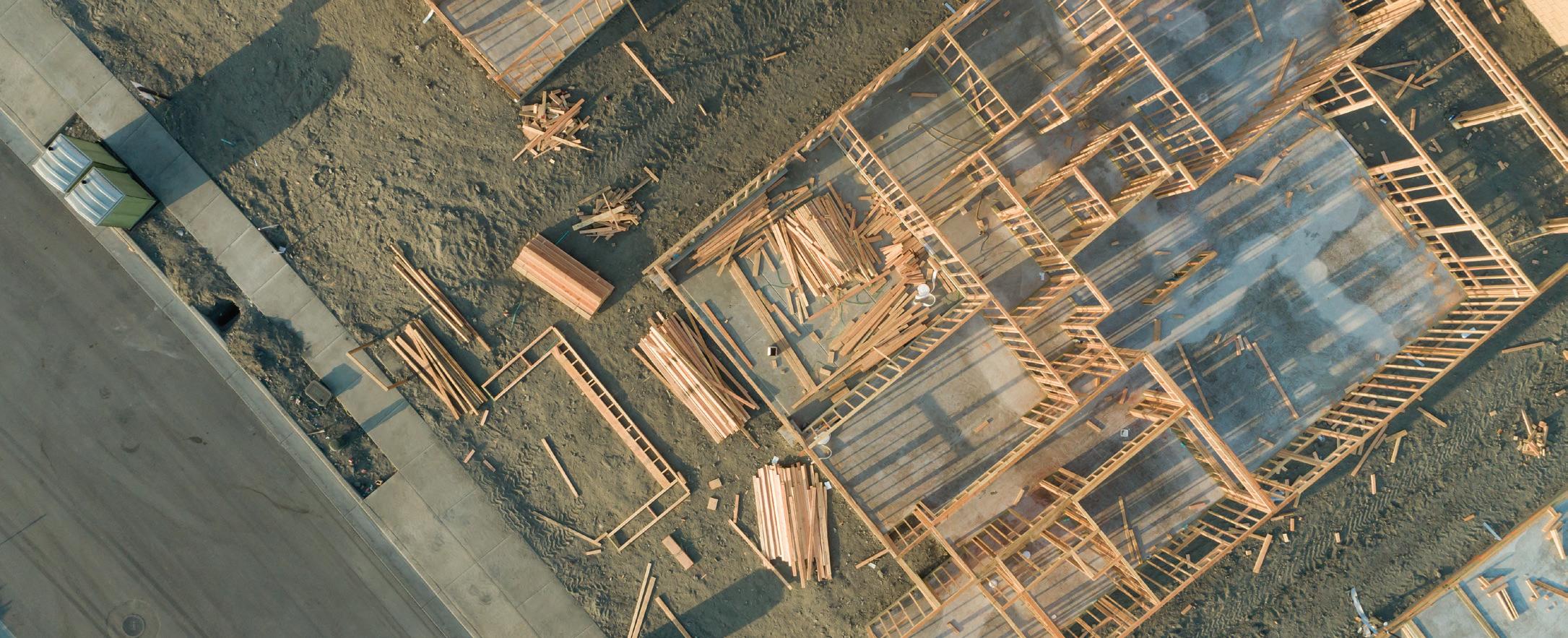
Excessive moisture ingress into these soils either by rainfall, broken or leaking pipes or general watering of plants and landscaping can have a detrimental effect of the performance of your homes slab. As the clay soil absorbs moisture it will swell and expand beneath the slab edge, which can potentially lift the slab in an upwardly direction. This issue is most commonly referred to as “slab edge heave”.
If lifting occurs the outer timber walls of the home will push roof trusses upward. As the plaster ceiling sheets are directly fixed to the roof trusses themselves, ceiling plaster will separate from the cornice line with cracks of varying sizes being observed. Other related issues connected to the upward movement of the wall frames can include cracking of wall plaster, more commonly at the corners of door and window openings as well as door and lock misalignment.
Smaller hairline cracks that occur in plaster sheeting and joints that are 1mm or less in the first 24 months after handover are considered normal shrinkage and settlement and not a defect requiring repairs, as noted at clause 9.14 & 9.15 of the VBA’s Guide to Standards & Tolerances. (The guide can be downloaded from the VBA website).
To support the homeowner in avoiding any of the above issues, Langdon Building have provided several very important documents to be read. The CSIRO guide “Foundation Maintenance and Footing Performance: A Homeowner’s Guide” is used widely throughout the building industry and is referenced in the soil and engineering documents for your home. It is also referred to a number of times in the VBA’s Guide to Standards & Tolerances. For these reasons it is vital that the homeowner reads and understands this document while acting on its recommendations. A second guide included in your handover pack is the VBA’s “Minimising Foundation Movement and Damage to Your House”. Amongst other things this document discusses in detail the responsibility of both the builder and the homeowner in caring for foundations of your home. Again, we urge you as the homeowner to read and follow the recommendations included in these documents so that you may enjoy many years of trouble free home ownership in your home so proudly constructed by Langdon Building.
Scan this QR code to find out more information about minimising foundation movement from the Victorian Building Authorities.
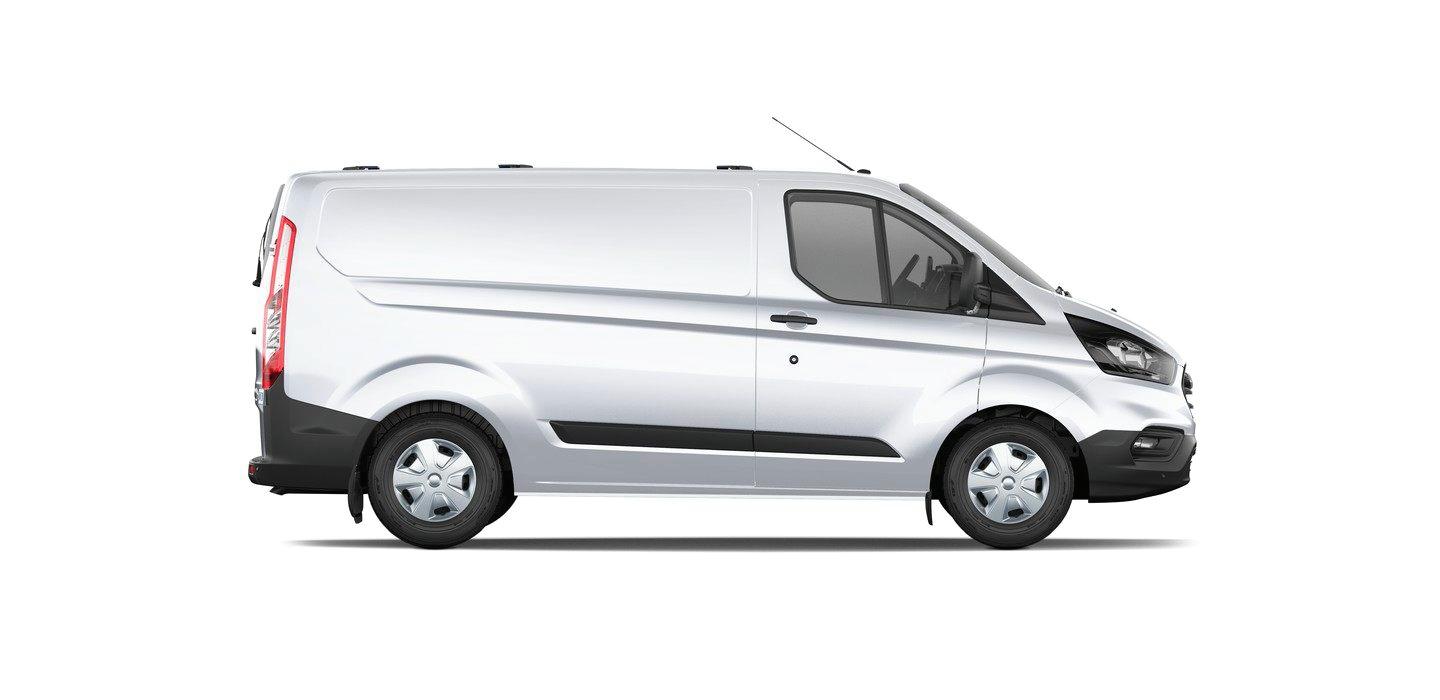
Resources
Master Builders Association mbav.com.au
Housing Industry Association hia.com.au
Victorian Building Authority vba.vic.gov.au
Victorian Civil & Administrative Tribunal vcat.vic.gov.au
Domestic Building Dispute Resolution Victoria dbdrv.vic.gov.au
Consumer Affairs Victoria consumer.vic.gov.au
Australian Standards standards.org.au
CSIRO csiro.au
Energy Safe Victoria esv.vic.gov.au
Office of Sustainability sustainability.vic.gov.au
The following are suppliers who are used on a regular basis. Your home will be specific to you, so not all of these supplier contacts will apply. Please note that some companies require you to go through Langdon Building rather than call direct, so where it states Contact Langdon Building, please call us on 1300 660 764 and speak to our After Care team.
If you require emergency assistance due to a situation which is compromising the essential services or security of your new home of which you believe is the reasonable responsibility of the Builder, please call 13 72 28 to speak with an RACV Emergency Home Assist.
You will need to confirm the following details:
Name / Address / Contact Details / Year of Construction
If your house is still under construction, or the matter is not urgent, please call your administrator during business hours.
langdonbuilding.com.au

1300 660 764
While best endeavours have been used to provide information that is true and accurate, Langdon Building and related entities accept no responsibility and disclaim any liability in respect to any errors or inaccuracies it may contain. Prospective purchasers should make their own inquiries to verify the information contained herein. Artist renders are not an accurate reference to final colours and finishes. Langdon with the construction device is a trademark of Langdon Building Pty Ltd. (ABN 15 115 409 437) © Copyright 2023. Langdon Building. MAR23